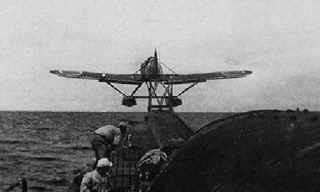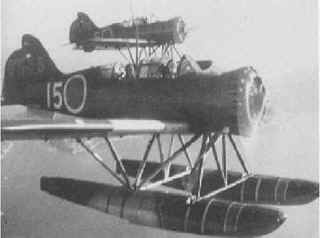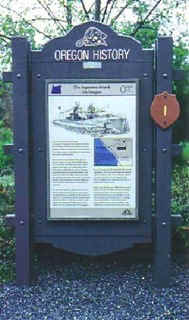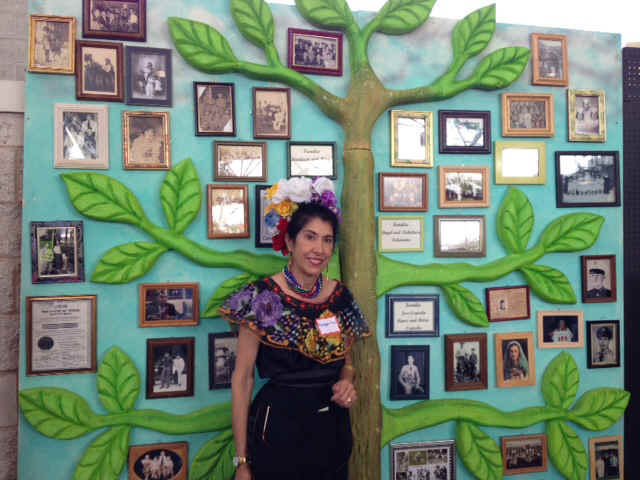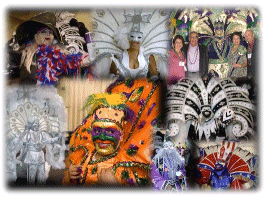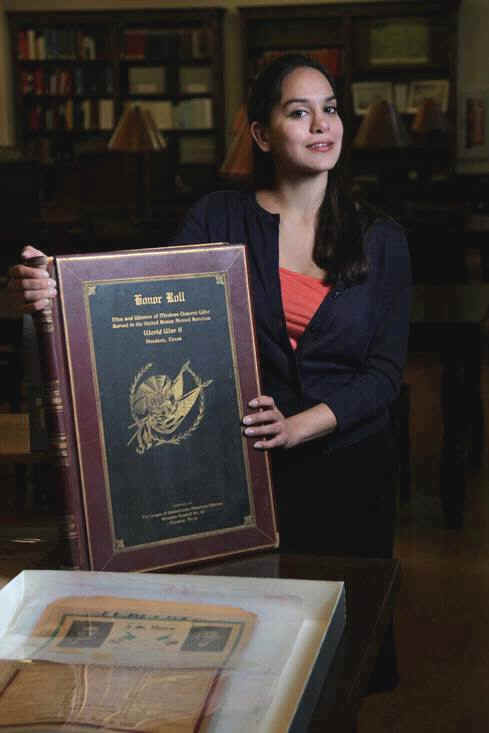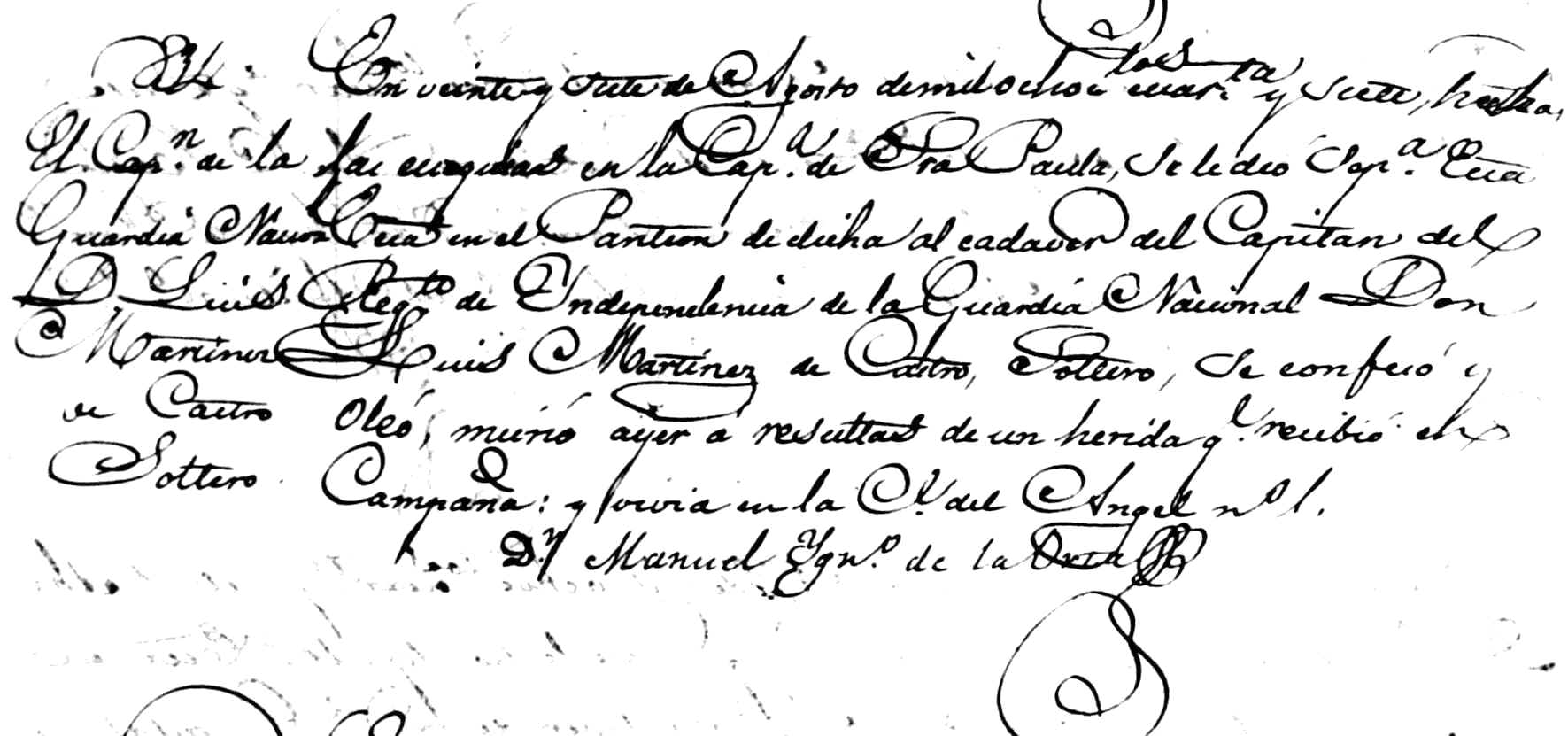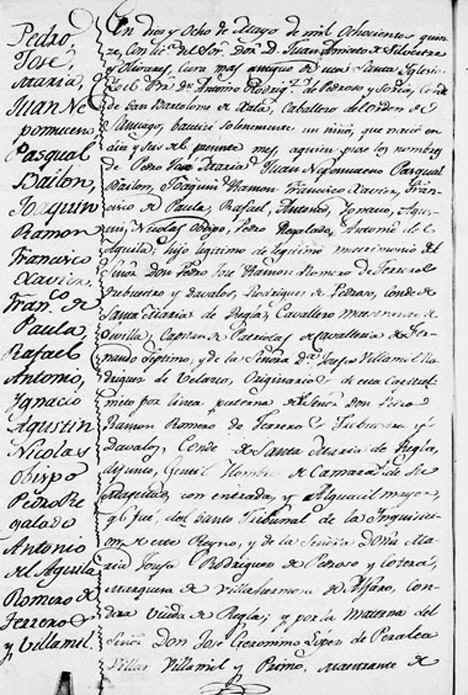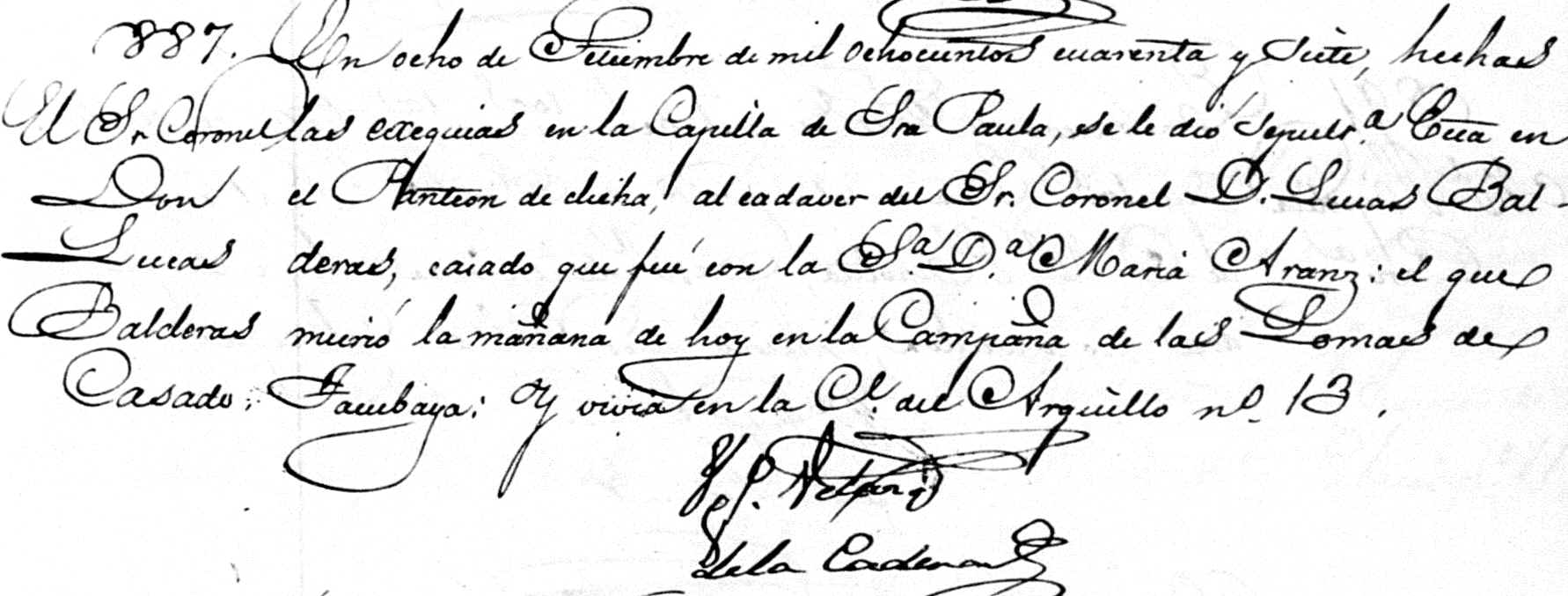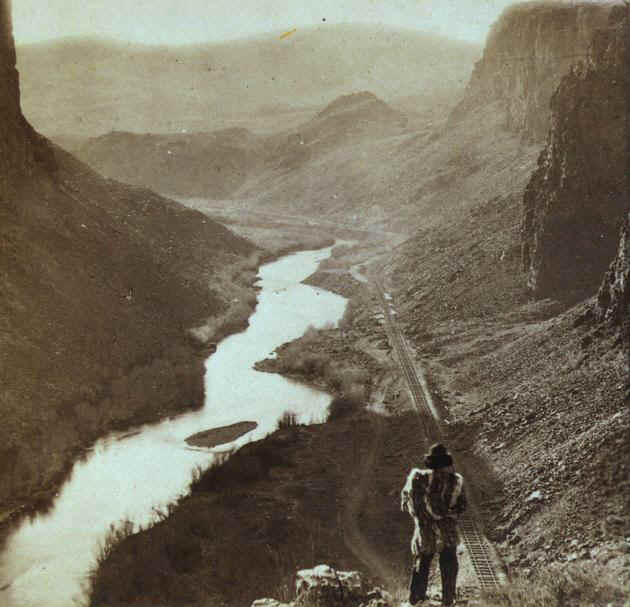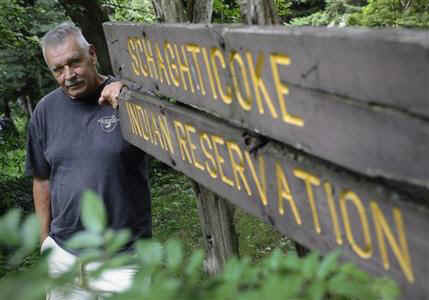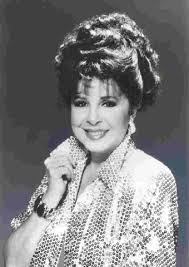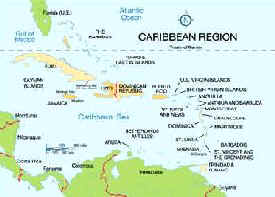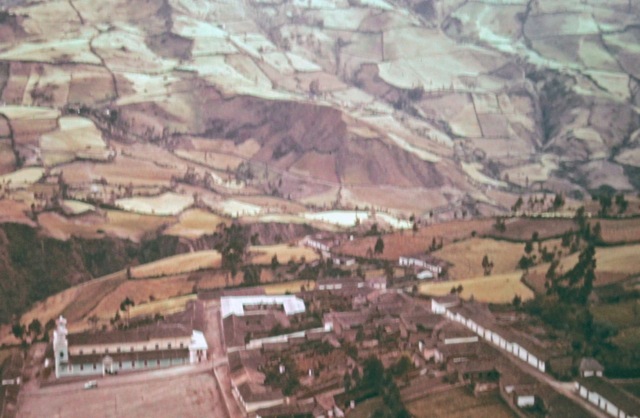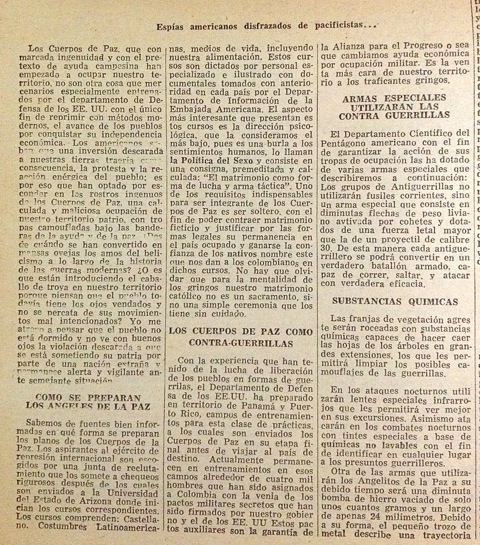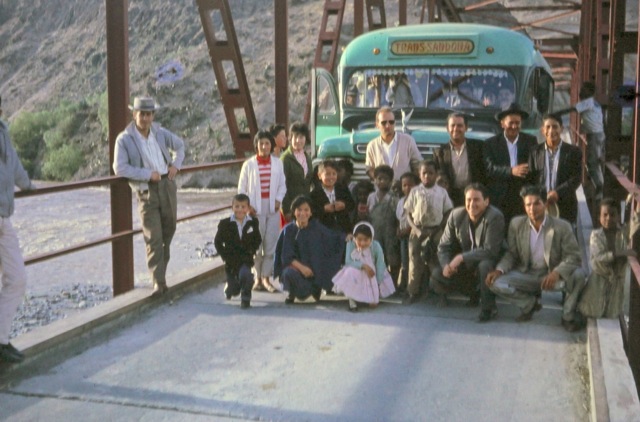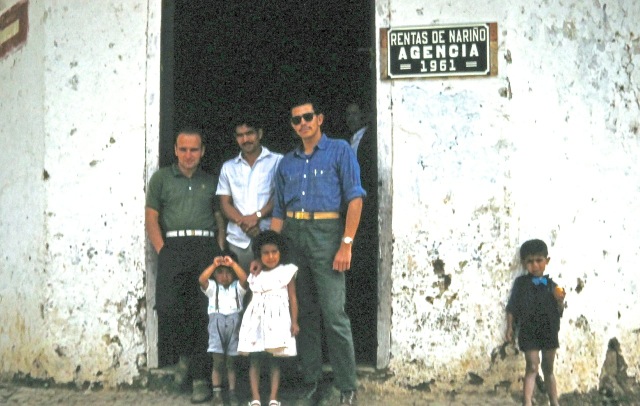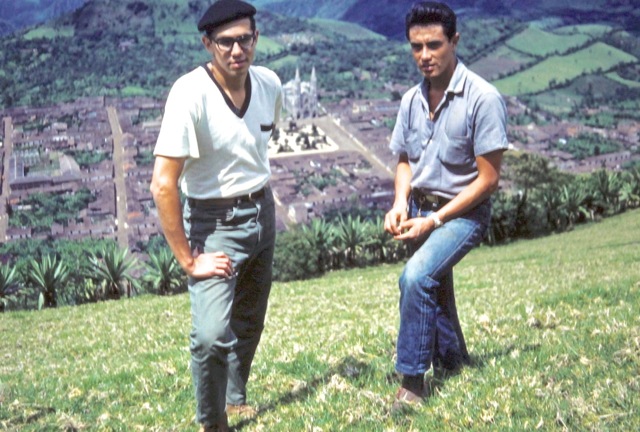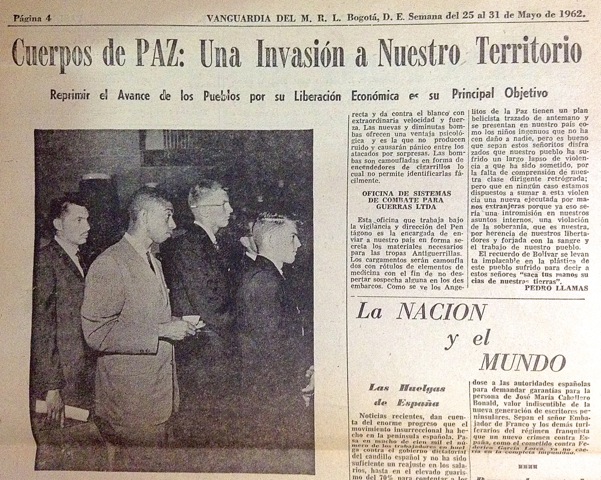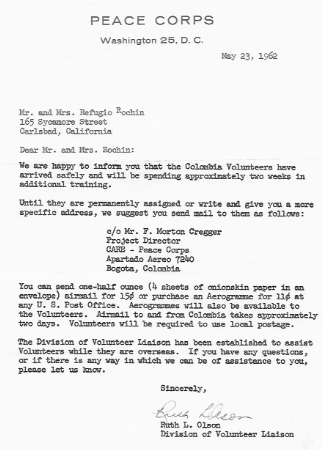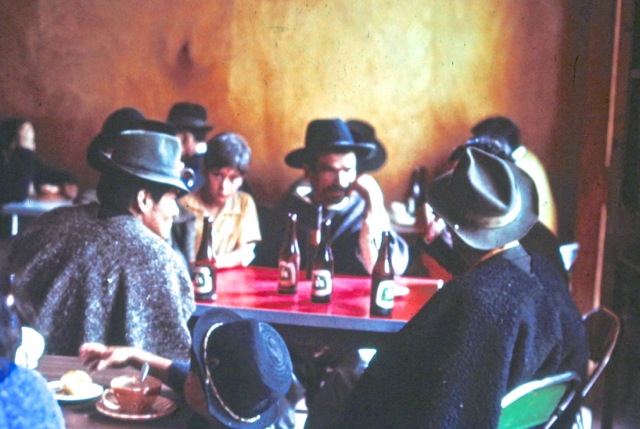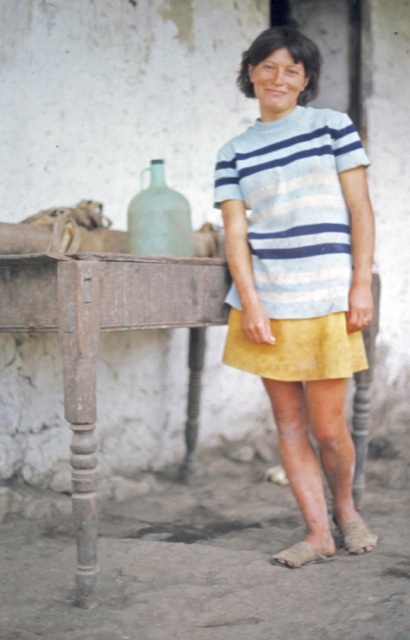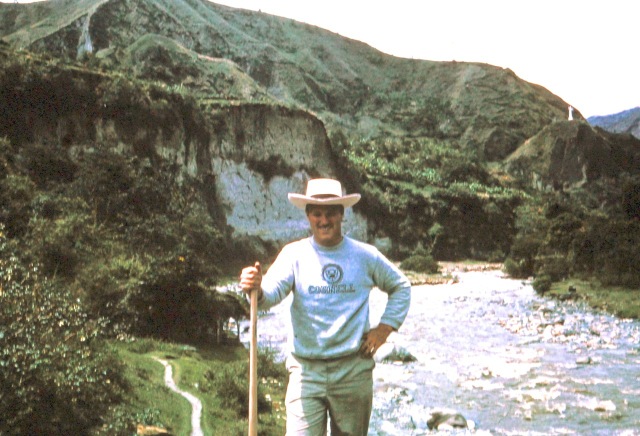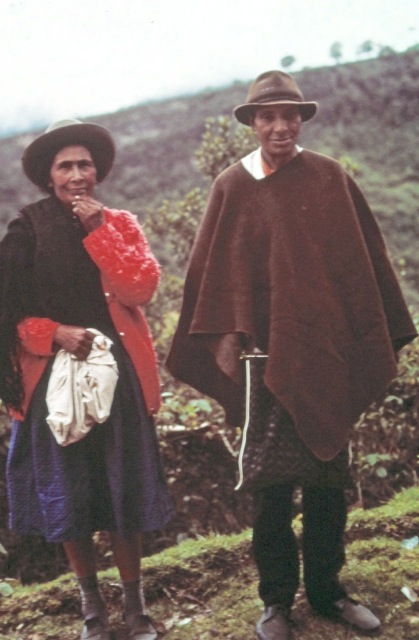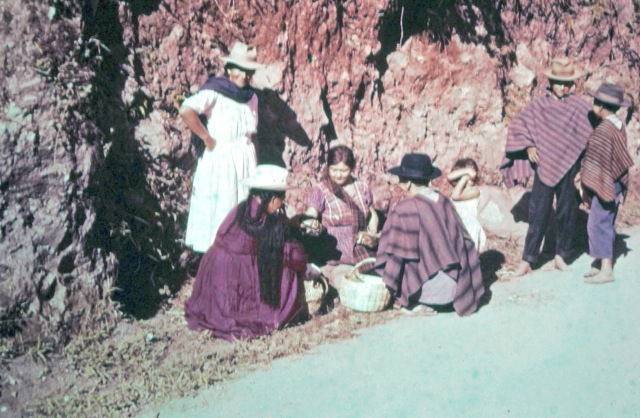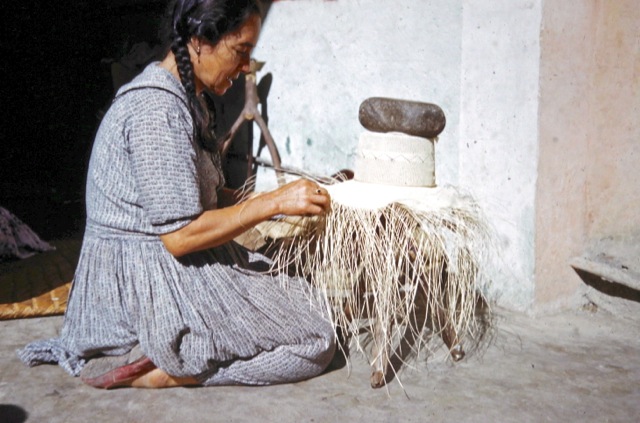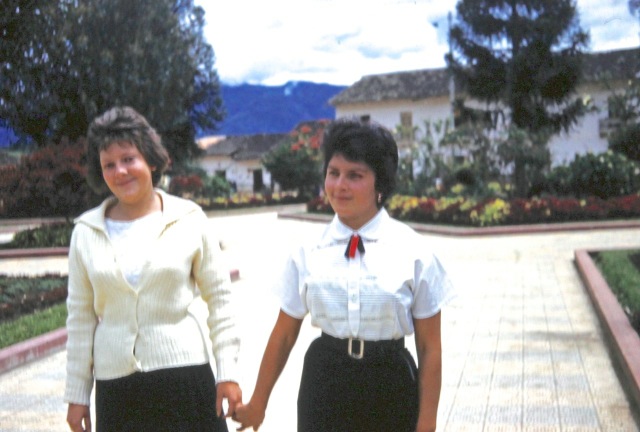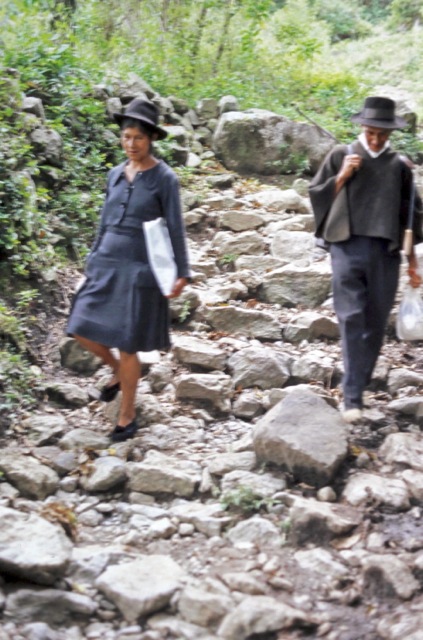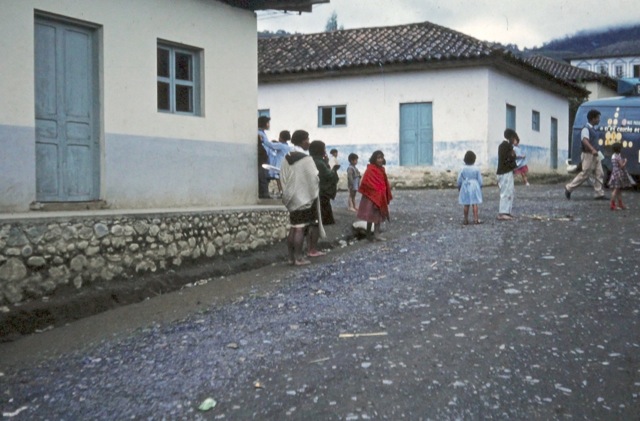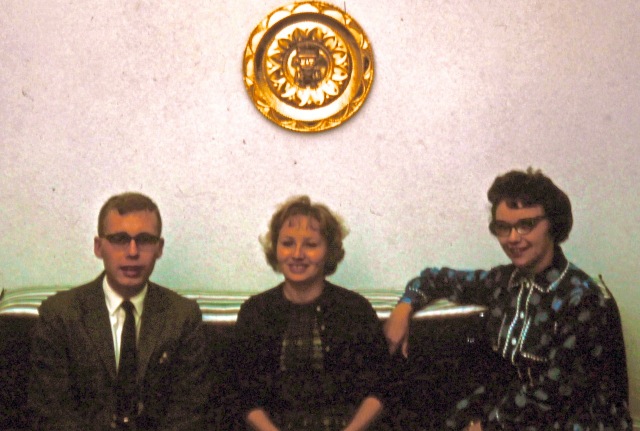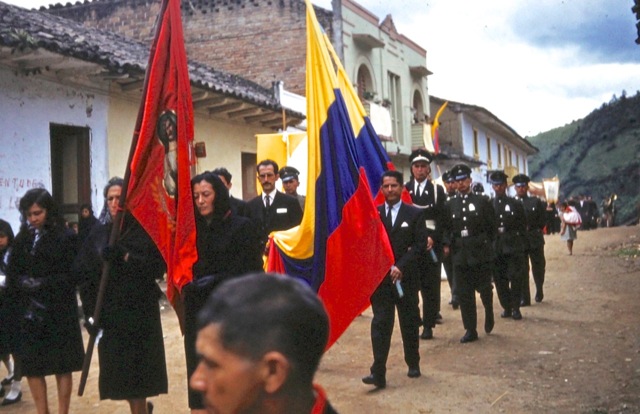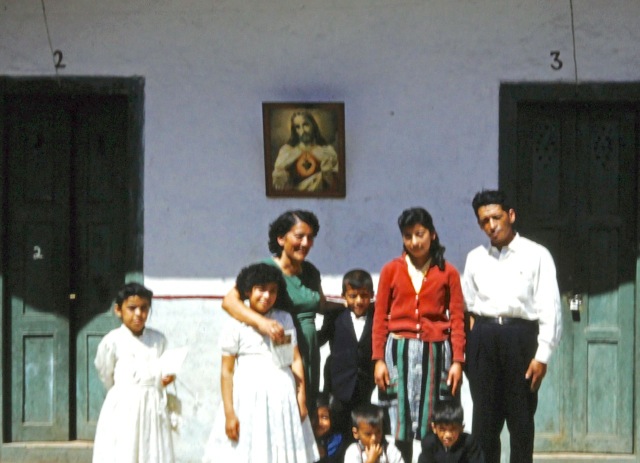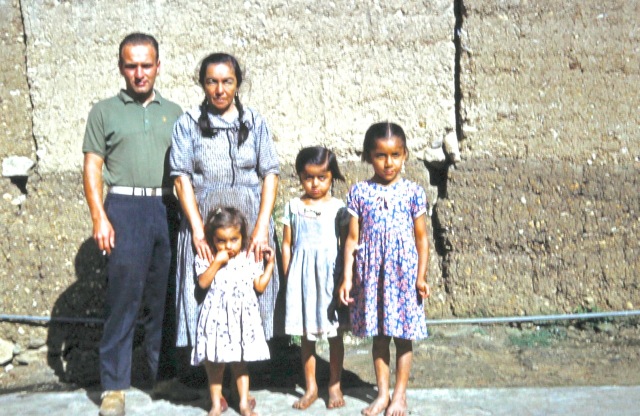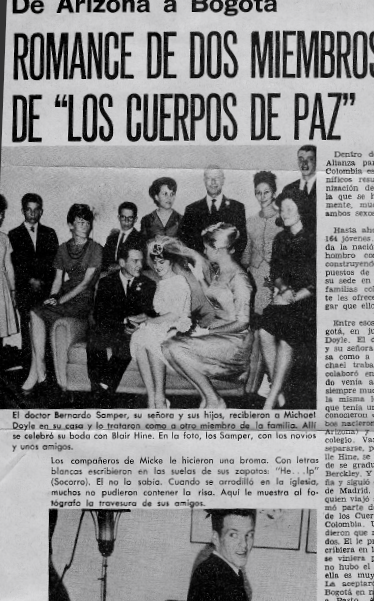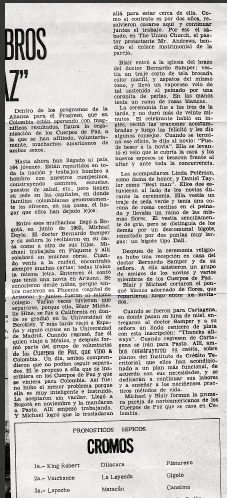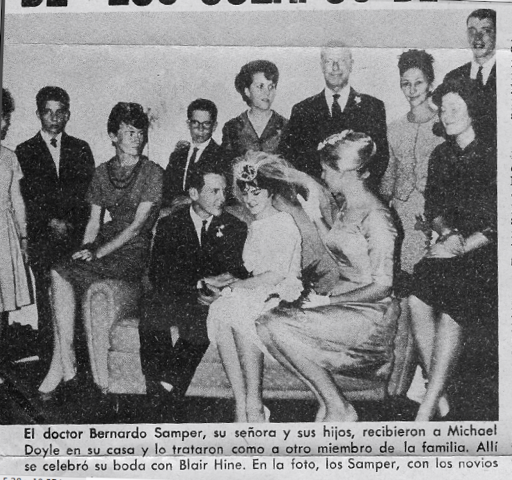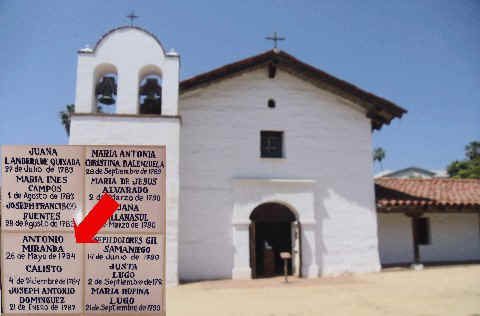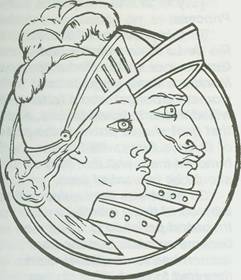|
ASSIGNMENT
TO TWELVE NEIGHBORS
At three days of such month and year, I, Dn. Juan Jose Gomez de
Castro, Highest Mayor and Captain of war of the Villa of Cerralvo and
its jurisdiction, passed to suggest such assignment in conformance to
the previous document, by way of the surveyor, and there were measured
lands to:
ASSIGNMENT
TO DN. JOSE ANTONIO CANALES.
Immediately to the plaza, 30 yards in front and 50 deep, for a
house, backyard, and, garden, and in the lands outlined for sowing, were
measured 167 yards at the head starting near the boundaries outlined for
the place, down stream, to the East; and to the other head were measured
152 yards and a half sesma, resulting in 900 yards long, what was
outlined with stakes, to continue from them the distribution among the
others, staying as common rangeland the lands comprised in the
information of identity of boundaries, and in credit of having accepted
it this way, did not sign because he cannot, therefore I did it, such
judge, with the one in my attendance, I give faith.
ASSIGNMENT
TO DN. JUAN FRANCISCO SALINAS.
Incontinenti, I, such judge, by virtue of the ongoing
distribution of lands, were measured to Dn. Juan Francisco Salinas 30
yards in front and 50 deep, immediately to the plaza, for the house,
backyard, and garden; and in lands for labor, at the limits of Dn. Jose
Antonio Canales, he got measured 167 yards by the band of the stream,
and 152 yards and a half sesma for another head, and he can enjoy the
agostadero as common rangeland; and in credit of having this way
accepted, he signs with me, such judge, acting ut supra, and I give
faith.
ASSIGNMENT
TO DN. JOSE ANTONIO BARRERA
Incontinenti, I, such judge, by virtue of the ongoing
distribution of lands, to D. Jose Antonio Barrera for house, backyard,
and garden, thirty yards in front and 52 deep, in land of labor at the
limits of Dn. Juan Francisco Salinas, were measured one hundred sixty
seven yards for one head, and for another one hundred fifty two and a
half sesma, and he can enjoy the agostadero as common rangeland; and in
credit of having accepted it, he signed with me, such judge, as said it
is, I give faith.
ASSIGNMENT
TO DN. IGNACIO GUAJARDO.
Consequently I, such judge, in continuing there was distributed
to Dn. Ignacio Guajardo, for backyard 30 yards in front and 50 deep, in
the outlined plaza, and in the lands for labor one hundred sixty seven
yards for the head by the stream and 152 yards and a half sesma in the
other head; and to enjoy of the agostadero as common rangeland; and in
credit of having accepted it, he signs with me such judge, as said it
is, I give faith.
ASSIGNMENT
TO DN. JUAN ANGEL LOZANO.
Incontinenti, I, such judge, by virtue of the on going
distribution of lands, it was measured to Dn. Juan Angel Lozano, of 30
yards in front and 50 yards deep in the outlined plaza; and for labor
were measured around the limits of Dn. Ignacio Guajardo, 167 yards for
one head, and for another 152 yards and a half sesma, having the
agostadero as common rangeland to enjoy; and in credit of having
accepted it he didn’t sign because the did not know how; I signed for
him, such judge, acting ut supra, I give faith.
ASSIGNMENT
TO DN. TEODORO SALINAS.
Immediately in continuation of with the ongoing distribution of
lands, it was measured to Dn. Teodoro Salinas for a house, backyard, and
garden, 30 yards in front and 50 deep in the outlined plaza; and in
lands for labor, for one head around the limits of Dn. Juan Angel
Lozano, 167 yards and for the other 152 yards and a half sesma, having
as common rangeland the agostadero to enjoy; and in credit of having
accepted it he signed with me, such judge, and the ones in attendance,
as said it is, I give faith.
ASSIGNMENT
TO DN. CARLOS DE BENAVIDES.
In such place of Our Lady of Gualeguas and Bucareli, at four days
of said month and year, I, such judge in continuation with the ongoing
distribution of lands, it was measured to Dn. Carlos de Benavides for a
house, backyard, and garden, adjacent to the plaza, 30 yards in front
and 50 deep; and in lands for labor at the limits of Dn. Teodoro Salinas
187 yards for one head, and for the other 152 yards and a half sesma;
having the agostadero to enjoy as common rangeland; and in credit of
having accepted it he signed with me, such judge, as said it is, I give
faith.
ASSIGNMENT
TO DN. VICENTE CANALES.
Immediately, by virtue of the ongoing distribution of lands, it
was measured a backyard to Dn. Vicente Canales, of 30 yards in front and
50 yards deep, and for lands of labor at the limits of Dn. Carlos de
Benavides, 167 yards for one head, and for another 152 yards and a half
sesma, having the agostadero to enjoy it as common rangeland; and in
credit for having accepted it he signed with me, such judge, acting ut
supra, I give faith.
ASSIGNMENT
TO DN. JUAN DE DIOS DE LA GARZA.
Consequently, I such judge, in continuation with the ongoing
distribution of lands, to Dn. Juan de Dios de la Garza it was measured a
backyard of 30 yards in front and 50 deep; and in lands for labor 167
yard for one head, and for the other 152 yards and a half sesma, at the
limits of Dn. Vicente Canales, and the agostadero he can enjoy in
common; and in credit of having accepted it he signed with me, such
judge, as said it is, I give faith.
ASSIGNMENT
TO DN. RAFAEL GONZALEZ HIDALGO NAVARRO.
Incontinenti I, such judge, by virtue of the ongoing distribution
of lands, to Dn. Jose Rafael Gonzalez Hidalgo Navarro it was assigned a
backyard of 30 yards of land in front and 50 deep; and in lands for
labor were measured 167 for one head and for another 152 yards and a
half sesma, having the agostadero as common rangeland; and in credit of
having accepted it he signed with me, such judge, acting ut supra, I
give faith.
ASSIGNMENT
TO DN. JUAN ANTONIO CANALES.
Immediately I, such judge, in continuation of such distribution,
to Dn. Juan Antonio Canales was assigned a place at the plaza, with 30
yards in front and 50 deep; and in lands for labor, at the limits of Dn.
Rafael Gonzalez, it was measured for one head 167 yards, and for another
152 yards and a half sesma; having the agostadero as common rangeland to
enjoy; and in credit of having accepted it he signed it with me, such
judge, as said it is, I give faith.
ASSIGNMENT
TO DN. GASPAR GARCIA.
Consequently I, such judge, by virtue of such distribution, to
Dn. Gaspar Garcia assigned a backyard with 30 yards in front and 50
deep, and in the lands for labor around the limits of Dn. Juan Antonio
Canales until arriving where the canes of Palo Blanco joins the stream
of Gualeguas, it was measured 167 yards for one head and for another
making it to such canes, 152 yards and a half sesma, having as common
rangeland the agostadero for him to enjoy. With what the surveyor said,
the lands were measured and divided in twelve equal portions for the
twelve registered neighbors; having the ones for labor 167 yards by the
shore of the stream, and 152 yards and a half sesma at the other head,
and at 900 yards long; having to enjoy according to the lines the
ancones of the stream belonging to each part; and having accepted it he
did not signed saying he did not know how, I signed it, such judge,
acting with the witnesses in attendance, for the lack of scribe, public
or royal, during the term of this law; I give faith of everything.
ASSIGNMENT
OF WATER.
In such place, at five days of the month of May of 1773, I, such
judge, having seen the conclusion of the distribution of the outlined
lands to the constant registered in this matters, I should and will
assign the water that the Mission of Gualeguas used to enjoy, divided in
twelve equal parts, assigning to each neighbor two and a half days of
water for 30 days. Provided in my presence with the witnesses in
attendance, as said it is, I give faith.
SUBMISSION
TO THE GOVERNOR
In the place of my Lady of the Conception of Gualeguas and
Bucareli, at six days of said month and year, seen the conclusion in
such place and the distribution of backyards, lands of labor, and water
to the neighbors, I command to pass these matters for the judgment of
Mister Dn. Francisco de Echegaray, Governor and General Commander of
this New Kingdom of Leon, so that during his visit he provides what it
is of his superior liking. That how I provided it, ordered it, and
signed it with the ones in attendance, like said it is, I give faith.
FACTS
SUBSEQUENT TO 1775.
Facts and characters that from one way or another were factors in
the daily happenings of this town of Agualeguas, and is good to know
them: because are part of its history some facts done by people born
here, and others who came to the town to perform some mission, and who
left engraved their names and deeds by their acts.
ALEJANDRO
DE LA GARZA. Clergymen, born
in Monterrey, N. L. in the year 1736. He studied in the
Guadalajara
seminary. For many years he had the Curato of Cerralvo. He founded there
a chapel with $6,000.00 pesos to support one clergyman in the Sanctuary
of Our Lady of Agualeguas.
The day 8 of April of 1805. Being subdelegate, the Lieutenant of
Justice Dn. Jose Antonio Nepomuceno Canales, a trial is opened for
intestate property of Dn. Jose de Chapa, founder of El Nogal and
Cieneguitas or “El Chapeno” de Agualeguas, N.L.
MANUEL ANTONIO
ALAMO
GOMEZ. In the year 1818 wrote and published the Ninth of the
distinguished image of the Virgin of Agualeguas being minister of
Agualeguas, and in 1827, he edited the Ninth of the Lord of the
Expiration, printed in the City of Mexico.
In the year 1851, a judicial contract is given to Father
Francisco de la Garza Cantu that with the help of the ones registered in
this Villa, will build a dam from the fountain of water.
In the same year 1851, neighbors from Huizachal
de los Canales, with date 19th of September of 1851,
solicited from the constitutional governor of that time, Dn. Pedro Jose
Garcia, to appoint a city Hall to form a Villa independent from
Agualeguas, and in the day 17th of February of the same year,
the Decree No. 104 is issued,
which establishes the approval for the formation of the Villa
of Paras. The
city hall
of
Agualeguas
presided by Sr. Dn. Facundo Casso; after doing the measurement of
lands and marking the limits and neighboring land of the new population,
with date of first of November of 1851, is moved to said place, and at
the shade of a fresno in the right margin of the Alamo river, the first
city hall is named; being integrated by Dn. Eusebio Cantu, as first
mayor; Dn. Blas Maria de la Garza, as first alderman; Dn. Ignacio Cadena,
as second alderman; and Dn. Jose Angel Hinojosa as first syndicate. The
day 19th of November of the same year, they have their first
meeting in the Ranch of “El Tanque”, and in the day 24, they settle
in where now is the Municipal Capital.
SEPARATION OF PUNTIAGUDO AND ESTABLISHMENT OF THE VILLA OF
GENERAL TREVINO, NUEVO LEON. Another historic fact, meaningful in the
life of Agualeguas, was the separation of Puntiagudo. A group of
neighbors in February 4th of 1868 solicited to the Congress
of the state of Nuevo
Leon
, to become independent to form a new Villa. This document is signed by
Dn. Juan E. Hinojosa, and Dn. Ignacio Vela. After the corresponding
proceedings to such request; the Constitutional Governor of the State,
Dn. Jeronimo Trevino, makes public the Decree
No. 33, with date 9 of December
of 1868, in which the new municipality is authorized with the name
of Villa of General Trevino, and eight days later the naming of the
municipal servants ensues.
REFAEL R. MUNDO. Clergyman. Educator. He is Born in
Guadalajara
in 1868. He starts there his studies, and finished in the seminary of
Monterrey
where as a student brought the Bishop Lopez y Romo. Ordained a priest in
1892, he was given the care of the Chapel of Colombia. Parish from the
Villa of Santiago. Named priest of Agualeguas; he practiced there during
16 years, and also in capacity of teacher when he established a school.
He is the author of the Ninth in honor to the Virgin Mary… of
Agualeguas (1903). He was temporarily in Lampazos, then in the parishes
of the Sacred Heart of Jesus and the Most Pure, until the day of his
death in April 10th of 1924. To him is attributed the
foundation, in Agualeguas, of the Association “Daughters of Mary,’
the 18th of September of 1898; being the first president
Francisca Casso, and secretary, Guadalupe Casso. The goal was to help in
chores of the church, to practice piety and charity to the neighbor.
JOSE GUADALUPE ORTIZ Y LOPEZ. He was born in Momax, Zacatecas 12
of December of 1867. He entered Seminary of Guadalajara in 1882. He
continued his studies in the Seminary of Monterrey in 1889. He was
ordained priest the 8th of February of 1891. He was in charge
of the Curatos of Linares, Lampazos,
Santiago
, and Agualeguas. In 1894, he initiated the construction of the Dome of
Roble. He was appointed Bishop of Tamaulipas, of Chilapa Guerrero, and
in 1926, 26th of May, Bishop of Ampusa, and auxiliary Bishop
of Monterrey.
TEODORO
RICARDO. Clergyman, he was born in San Francisco del Rincon, the 1st
of April of 1874. He studied in the Seminary of Leon. He was ordained
priest in March 7th of 1908. He was assigned to the Diocese
of Monterrey. He was parish of
Linares
and Agualeguas, and he was in charge of the Parish of Apodaca, from 1911
until the year of his death in 1959.
YEAR 1888. The place for the
Principal
Plaza
“Benito Juarez” was filled with dirt.
YEAR 1911, MAY 15TH. Maximiano Salinas indicates that
in this date he is settling in his home, in the number 54 of the Morelos
street. A branch of the Independent
Reforming Club of Nuevo Leon, sends him a program and notifies him
that the meetings will be public. In the same day and year he gets a
reply, asking him that during the meetings to keep order and
tranquility, and to notify every time he is having more than one, signs
Florentino Casso, Mayor; and Secretary, Norberto Cantu.
ADHESION TO
THE PLAN OF AGUA PRIETA. The day 12 of May of 1920, gathered the
majority of the municipal body, directed by the citizen Eugenio
Fernandez, makes known that for the situation that the country and the
state our going through, is convenient to adhere in favor of the
revolutionary movement lead by citizen Alvaro Obregon, and under these
circumstances, he invites the honorable municipal body and the town in
general to support the idea he proposes, considering it the most
appropriate and just to protect the interests of this town. Invites,
according to talents, with words or with arms on hand, make anyone
respect the integrity of the legal provisions resulting from the
revolutionary movement. Such document was approved, and was agreed to
take precautions for the right order and protection of the plaza. This
document, was signed for a great number of persons and given by the C.
Eugenio Fernandez and Florentino Caso in the Hacienda del Alamo,
jurisdiction of Vallecillo, the day 14 of May of 1920, where as
revolutionary chief operated J. Villarreal, depending on the forces
organized by the citizen Alfredo Perez.
The Plan of Agua Prieta was launched the 23rd of April
of 1920. Through this plan, ceases from the executing of Executive Power
of the Federation the C. Venustiano Carranza… The generals, chiefs,
officers, and soldiers who support the plan, will constitute the
Constitutional Liberal Army. De la Huerta will take the provisional
Presidency of the Republic; who will convene elections for the
Executive, and Judicial Powers of the Federation, immediately after
taking office. This plan had 17 points, and it was signed among others
by: Calles, Abelardo L. Rodriguez, Fausto Topete, Luis L. Leon, Jose
Maria Tapia, Francisco R. Manzo, Alejandro Mange, and Jesus M. Aguirre.
Recognizes the validity of the Constitution of 1917, and alienates all
the appointed public servants whose investiture originated from the last
elections.
The
city hall
of
Agualeguas
asks by means of a judicial contract to C. Prof. Juan Garcia Trevino, to
order records of the municipality from 1773 to 1923; and in that same
year, the priest of Agualeguas, LAZARO DE LA GARZA, sang for the first
time a hymn dedicated to the Virgin of AGUALEGUAS. Music and lyrics of
his inspiration, with the motive of Blessing of the New Altar.
CONSEQUENCES
OF THE REPOPULATION.
In the time prior to the order of repopulating the Mission of
Saint Nicolas of Gualeguas, there were problems relative to the limits
or possession of lands. The Repopulation of the
Mission
, when considered deserted, had consequences. The number of conflicts
and claims increased substantially; because there were more than 30
neighbors who had lands since very many years ago; ranches with major
and minor cattle, and horses; or dedicated to agriculture and they had
documentation protecting their property rights and documentation that
supported the acquisition as inheritance from ancestors or buy outs.
This litigation processes were prolonged and some lasted many years, and
nevertheless, the Repopulation marked a new historic phase in what it
was the old mission, because this one took effect with a well defined
planning, detailing, and outlining the places for Major Plaza, Church,
houses, backyards, and gardens, with the respective street; in addition
to land for labor and assignment of water for irrigation to each of the
neighbors.
I
transcribe documents that prove the described, and help as one more
testimony about the date of foundation of the
Mission
since the year 1675 (copy of document said to be a faithful copy of the
original).
[Juan Bautista Chapa was also given land in the area.]
LANDS
CLAIMED BY DN. JUAN ANTONIO DE BENAVIDES.
People of (illegible) of the New Kingdom of Leon be
Sent by
Delia Huffman
317-925-7761
|


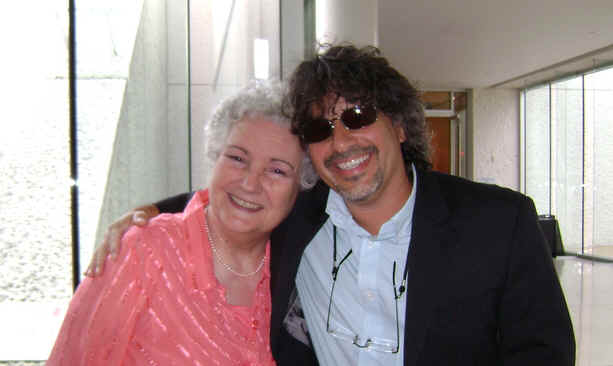
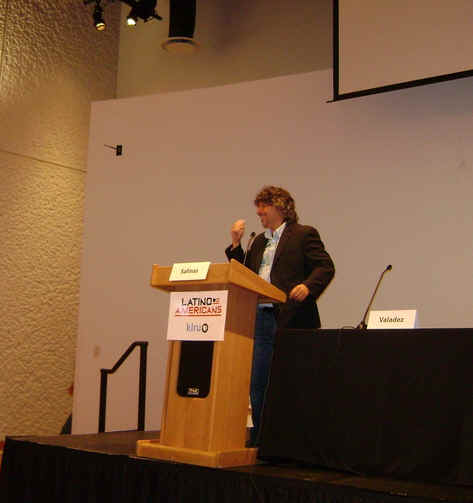 Once
again destiny united John Valadez and me.
Once
again destiny united John Valadez and me.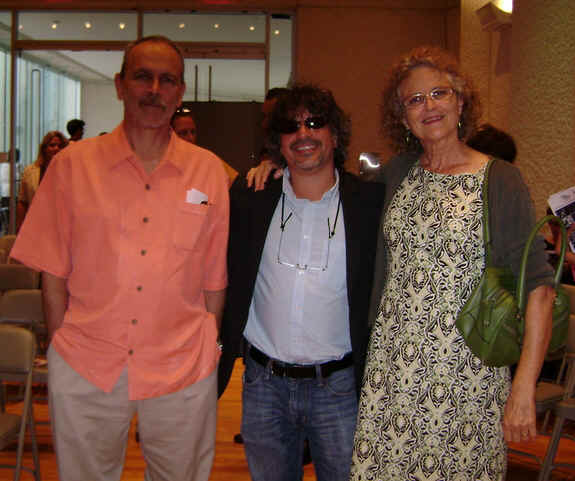

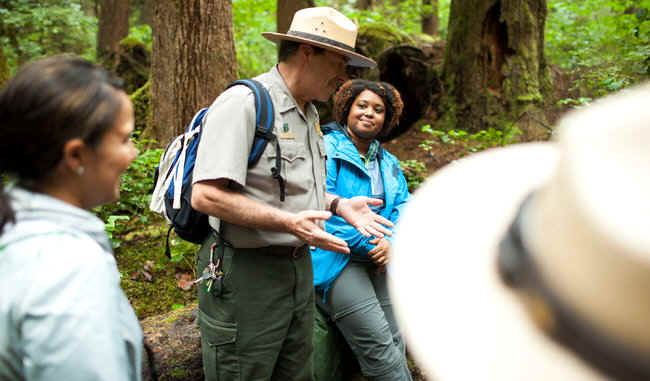
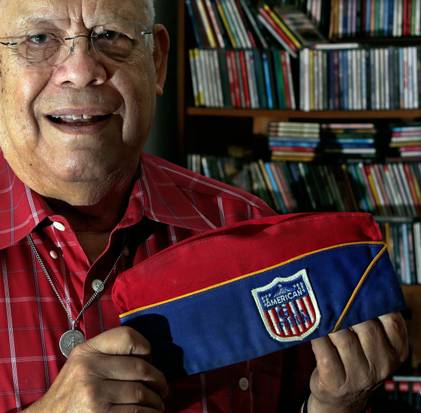
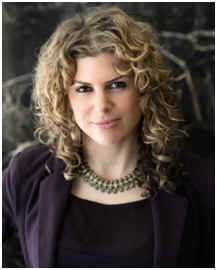
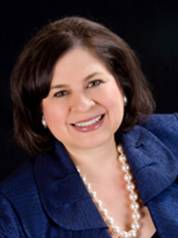
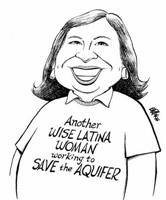
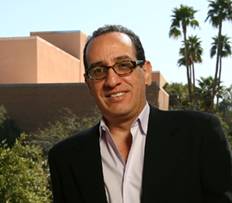
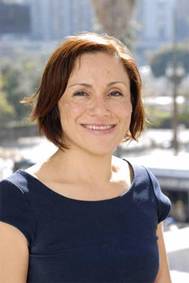
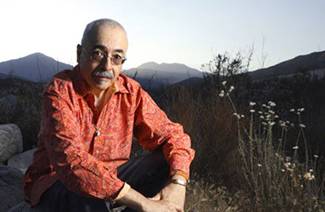
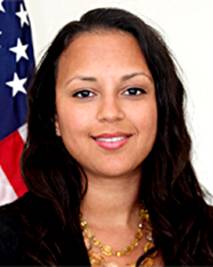
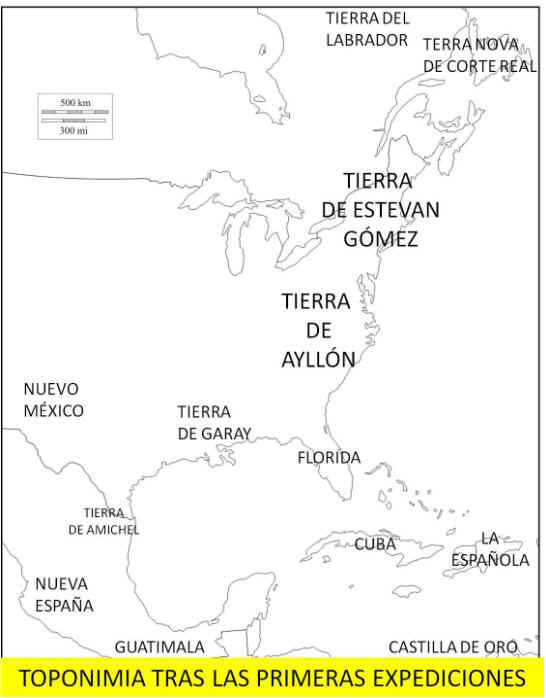
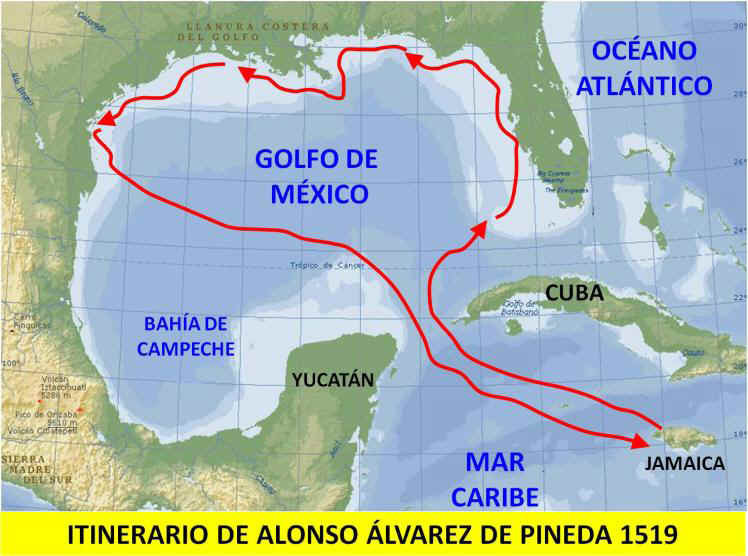
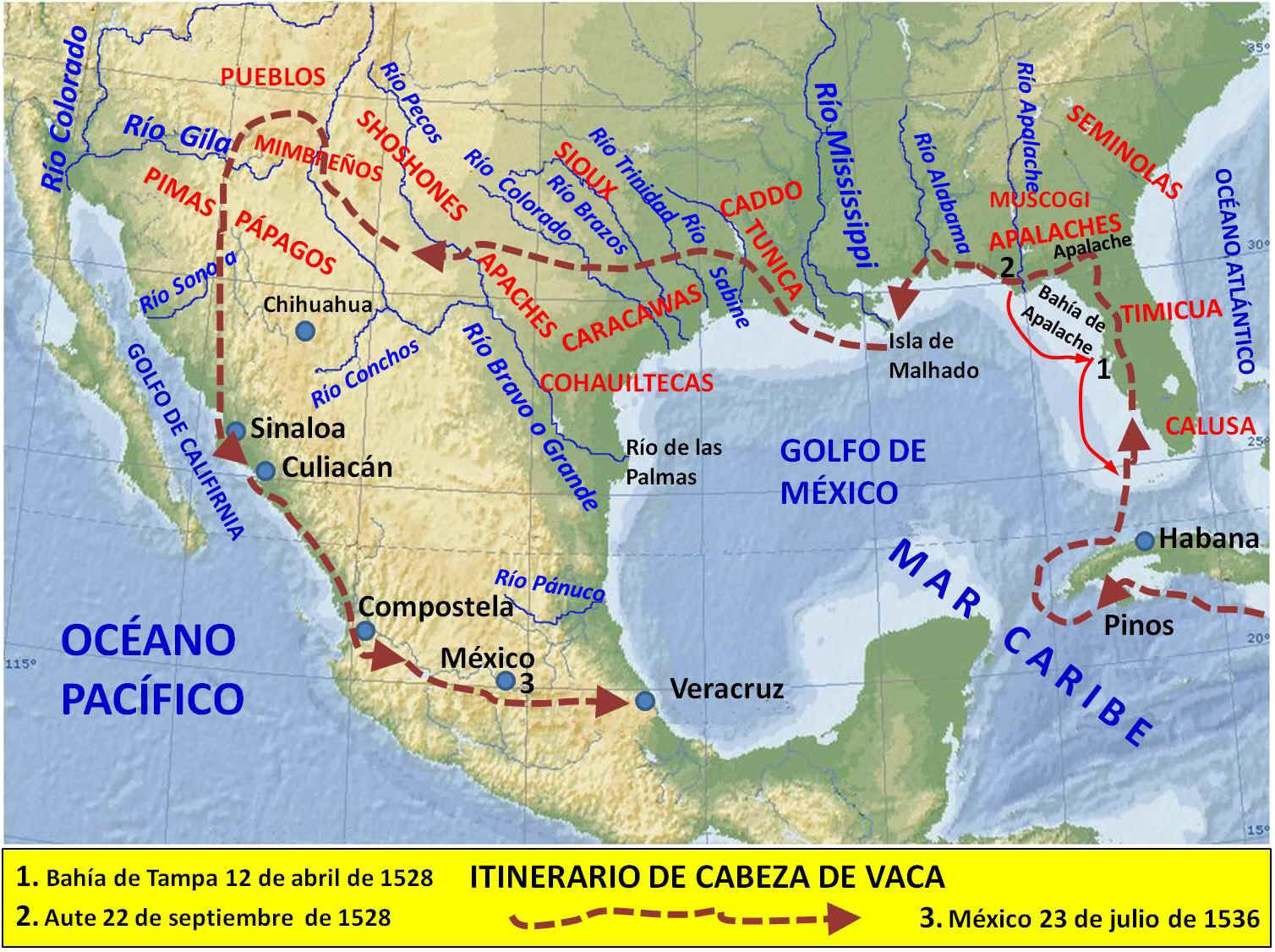
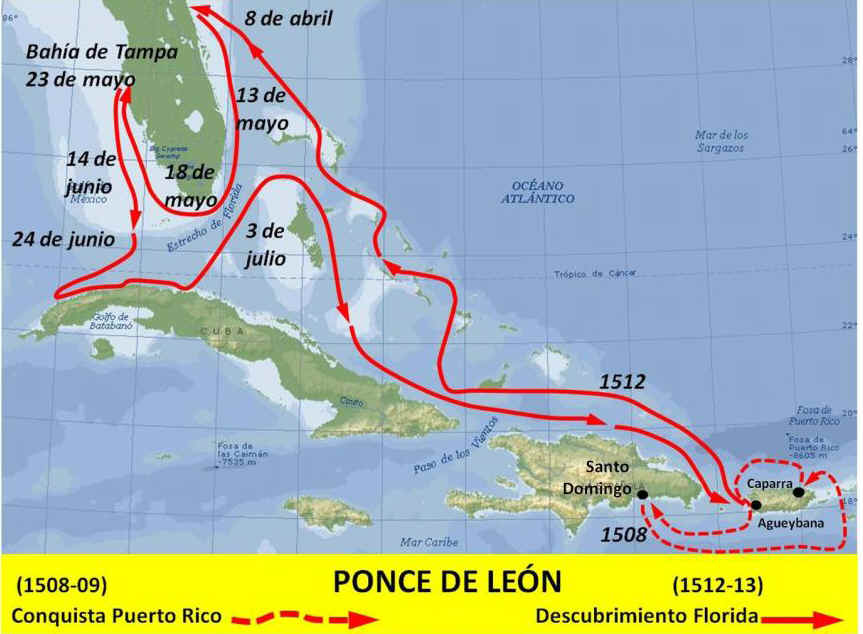
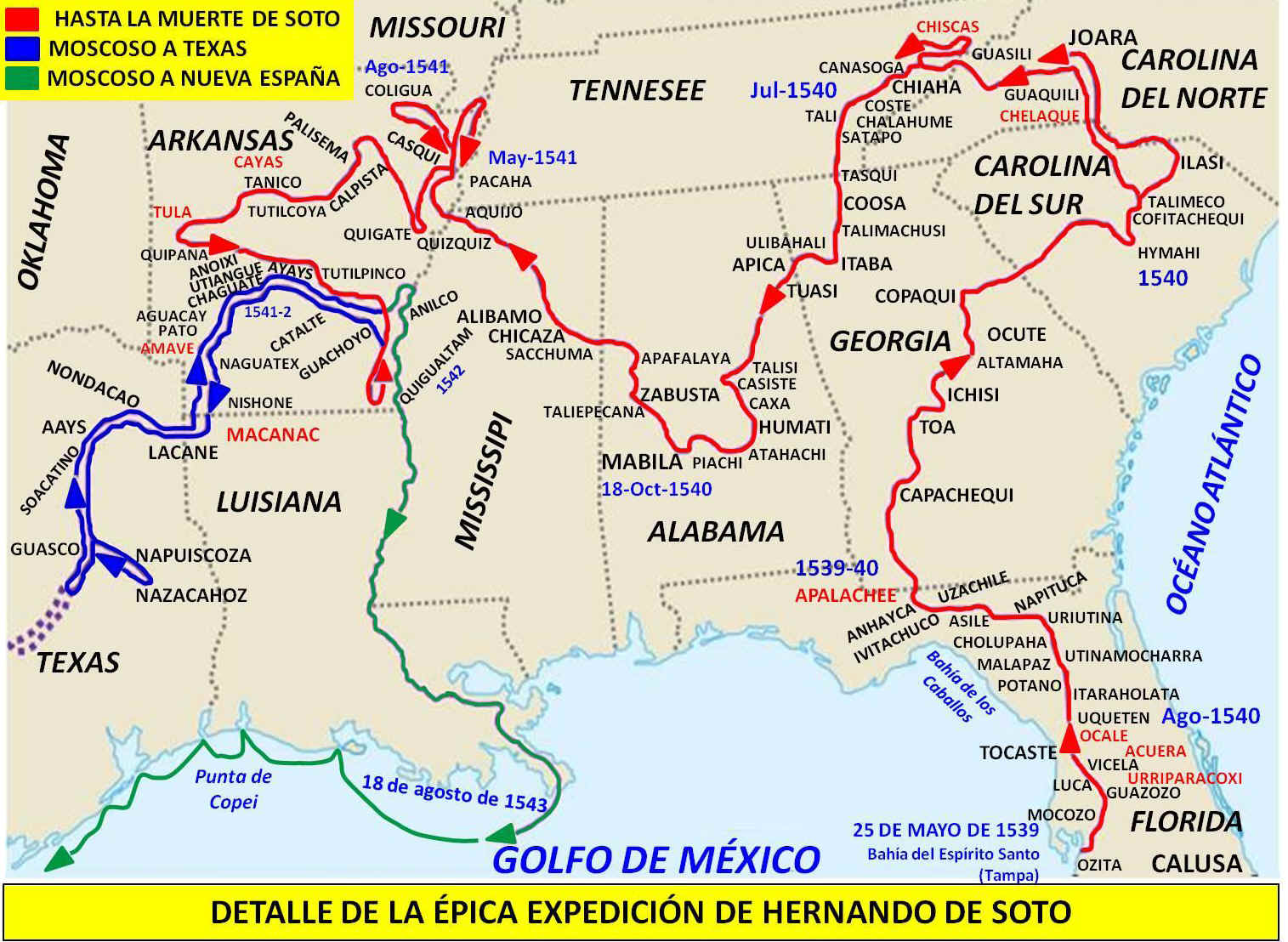
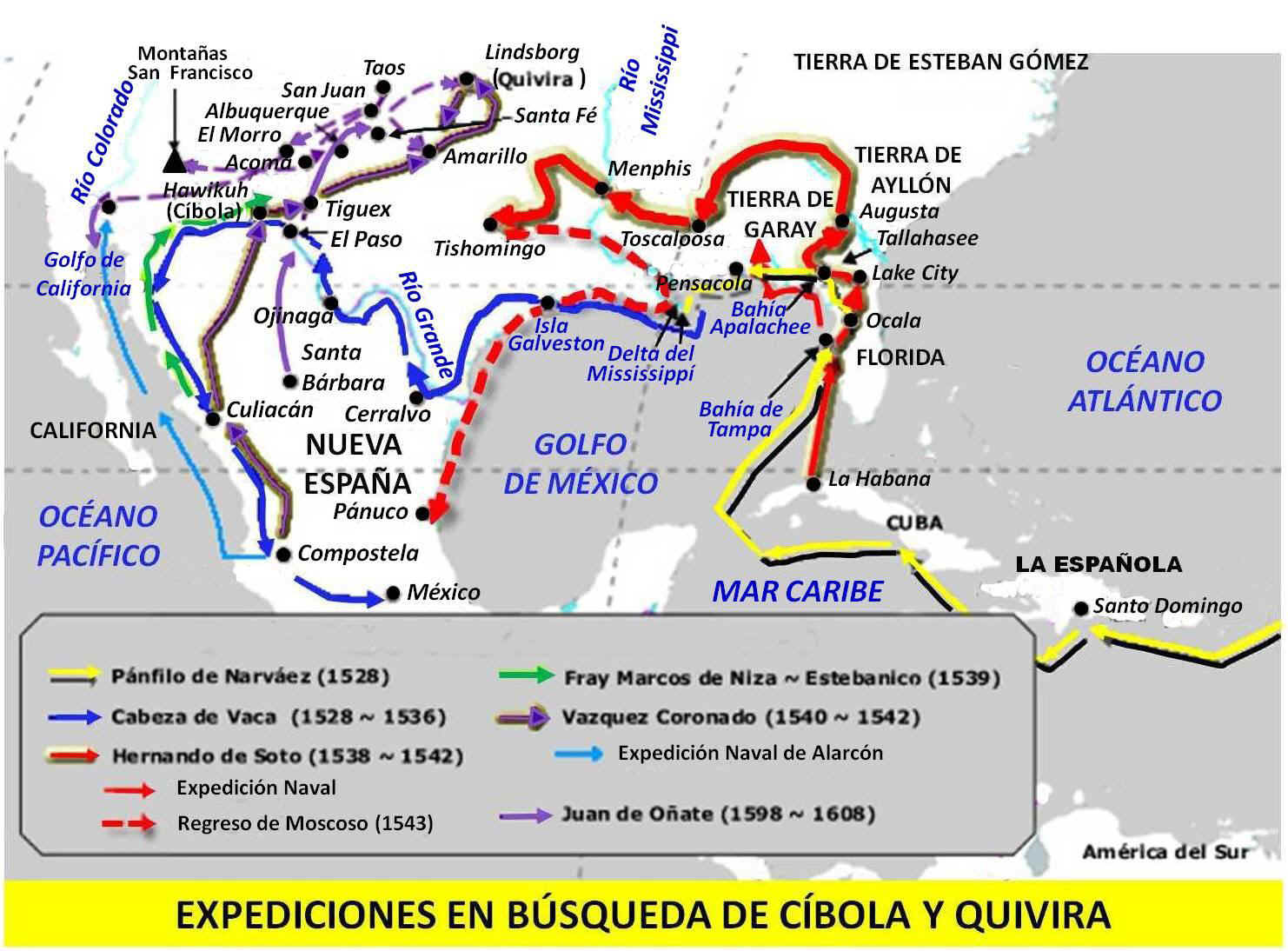
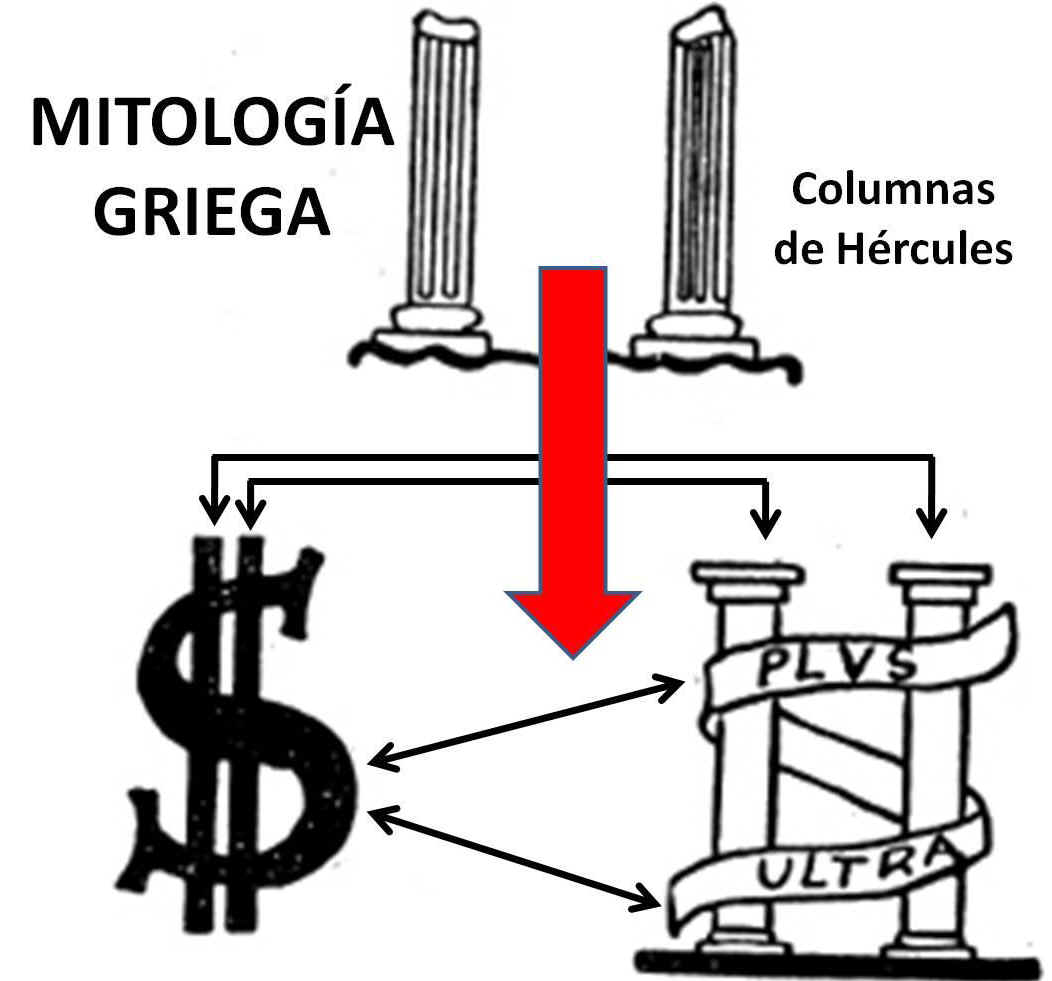
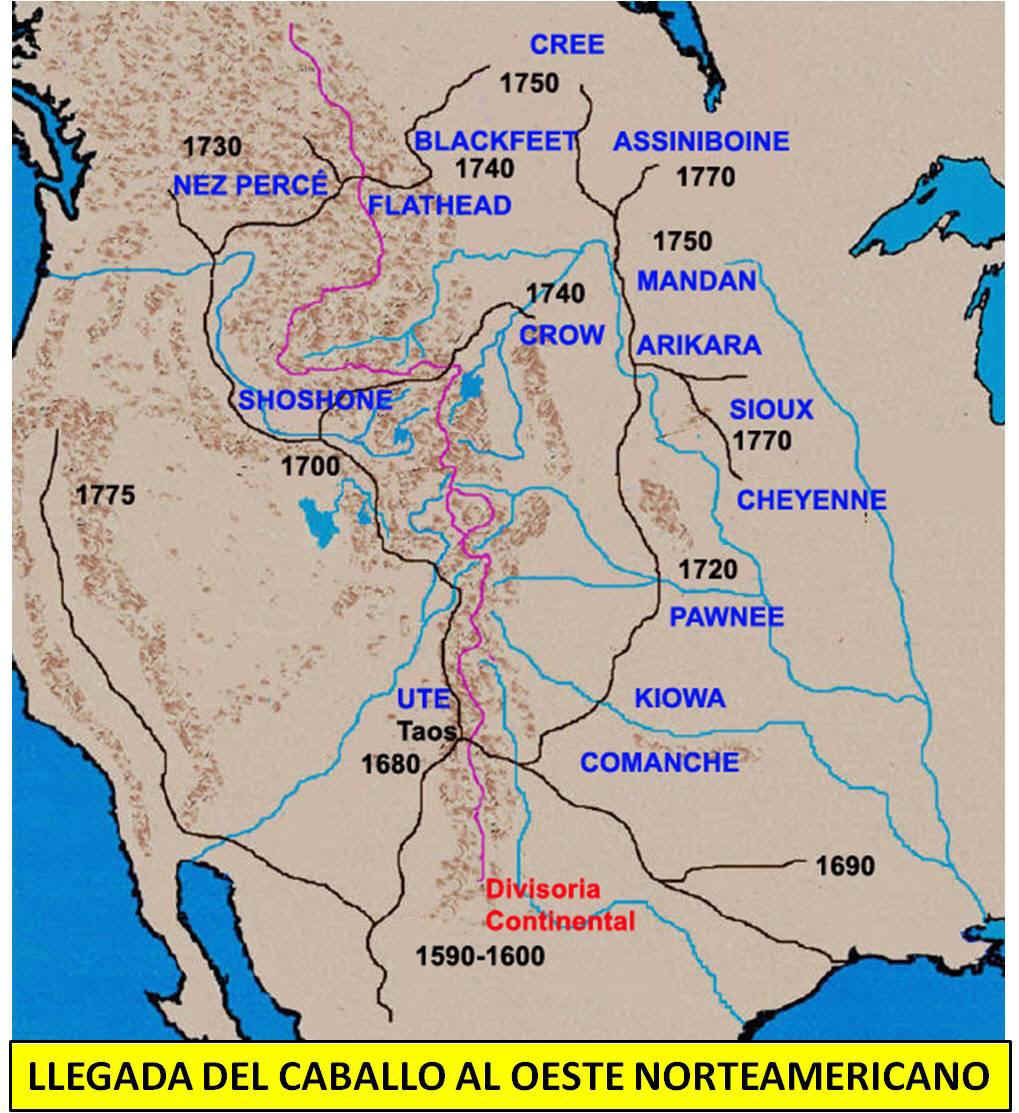

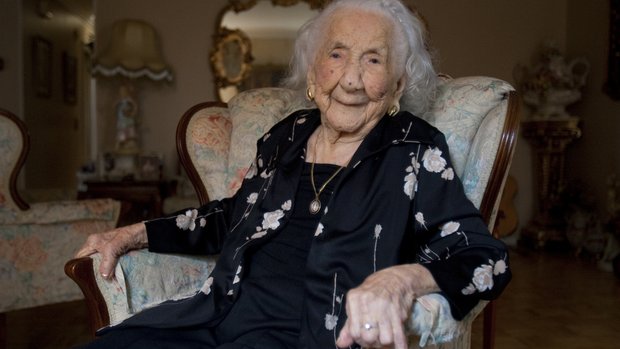



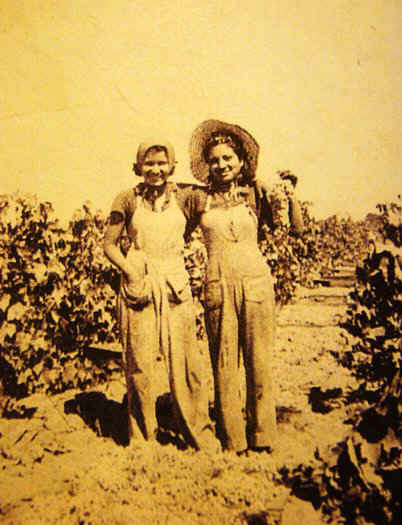
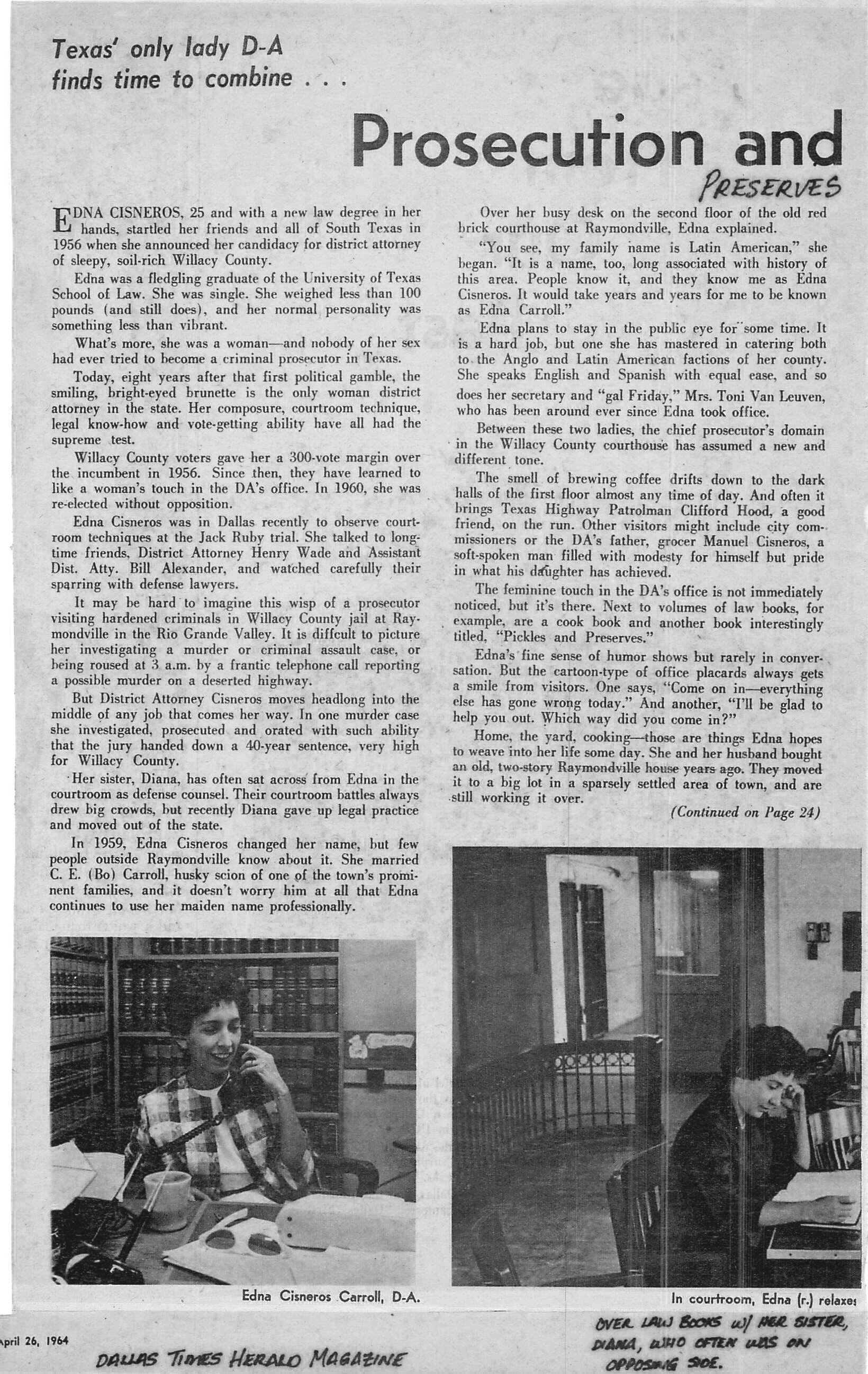
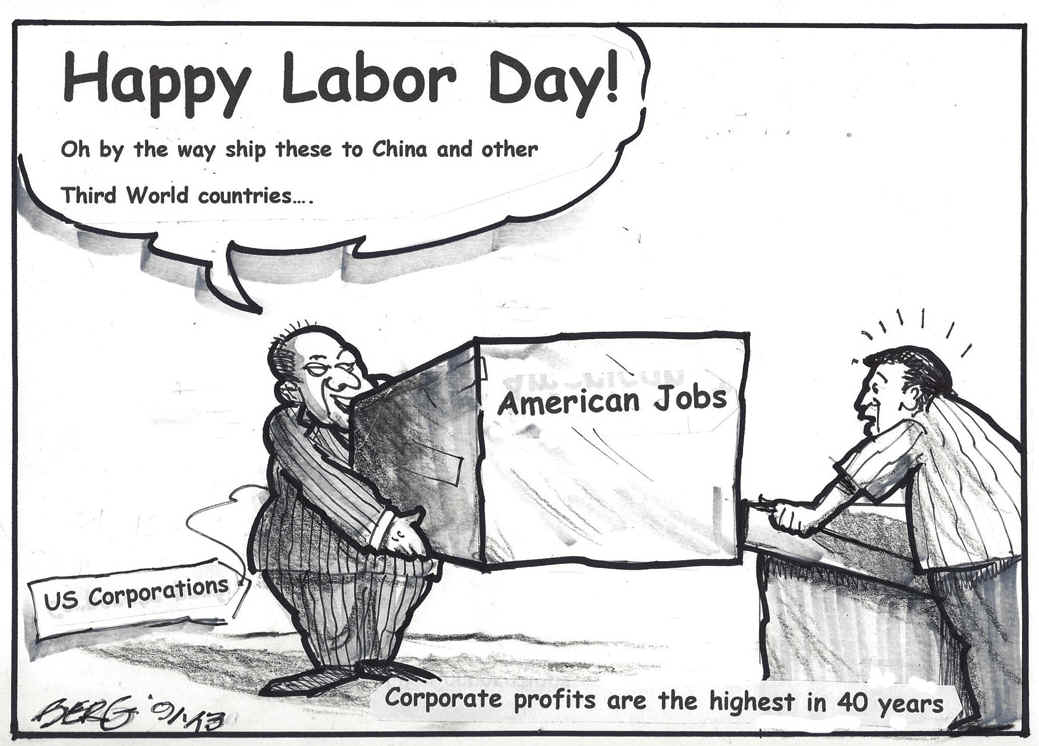

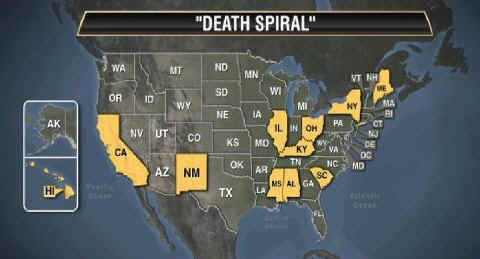
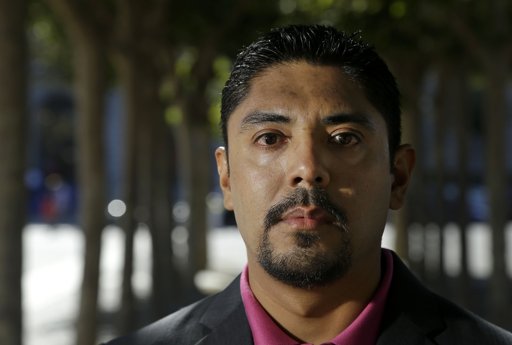
 MEXICAN AMERICAN LEGAL DEFENSE
MEXICAN AMERICAN LEGAL DEFENSE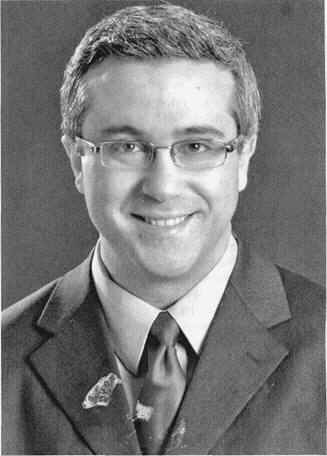
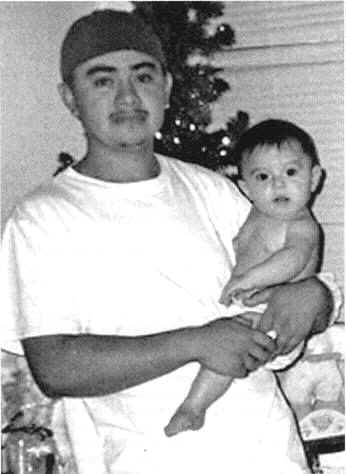
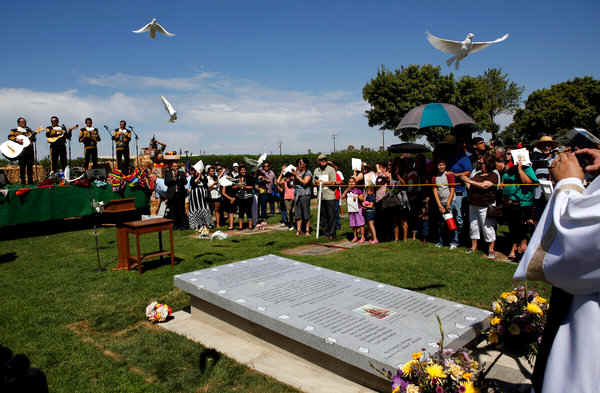
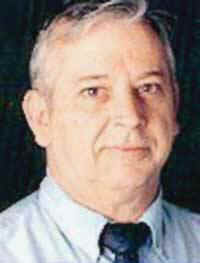

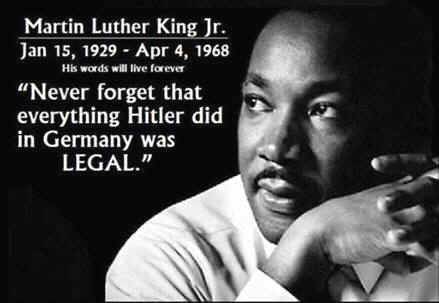

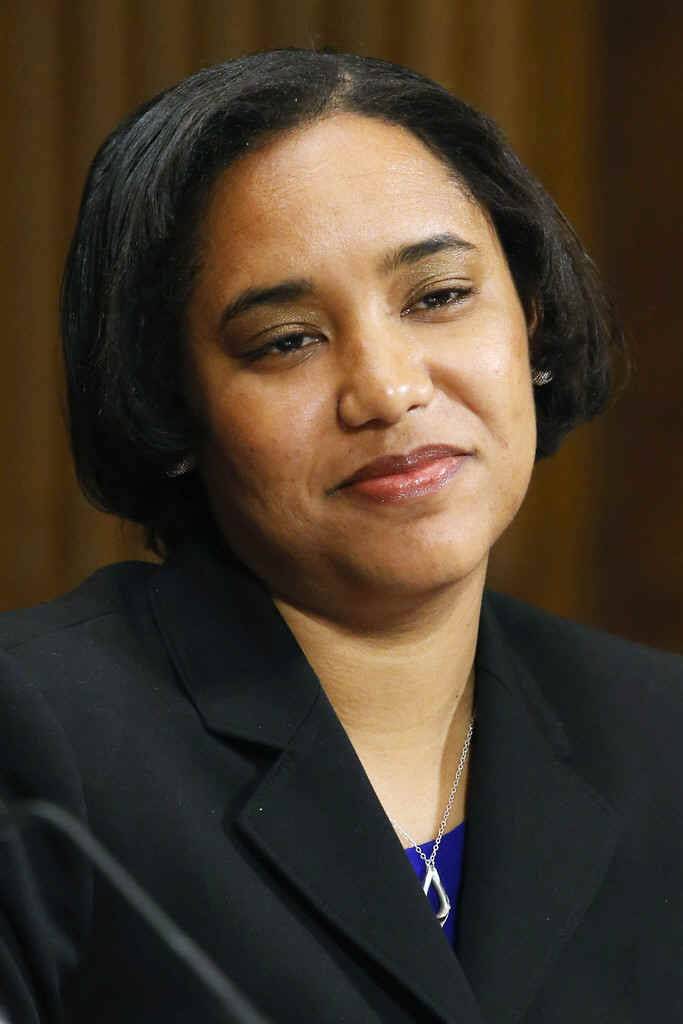

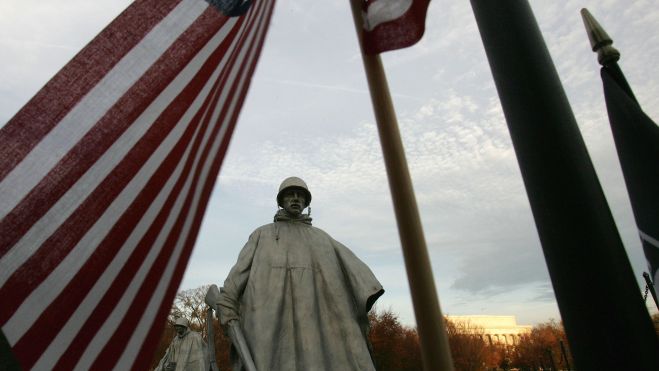


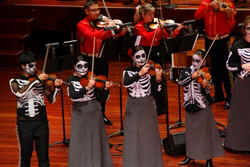
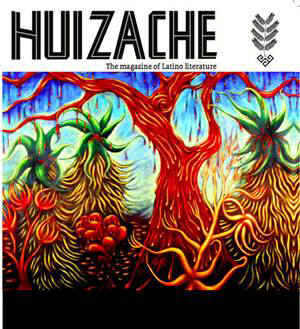
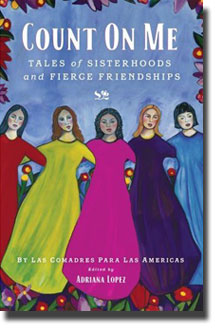


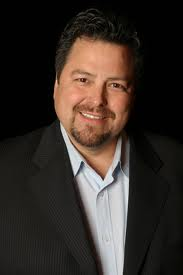


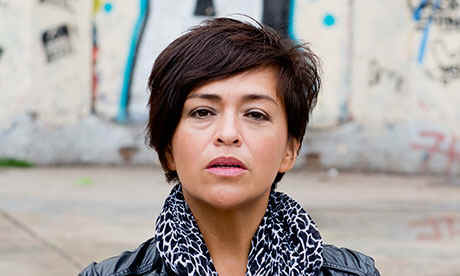

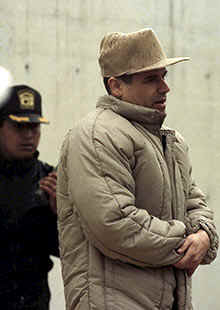
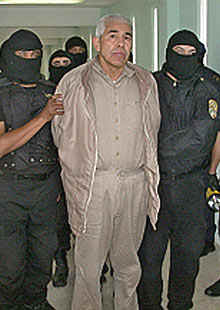
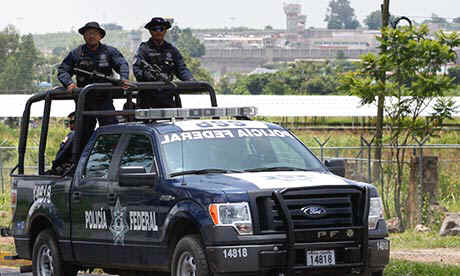
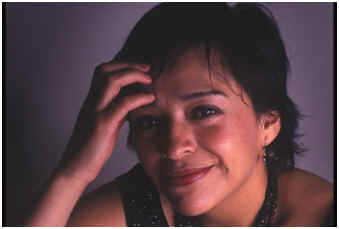

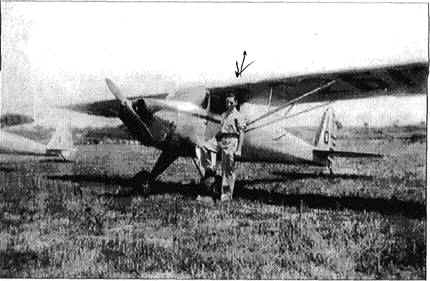
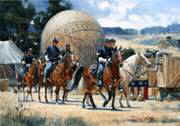
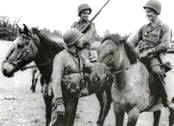

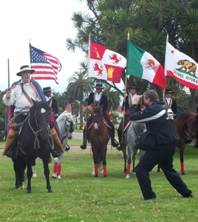
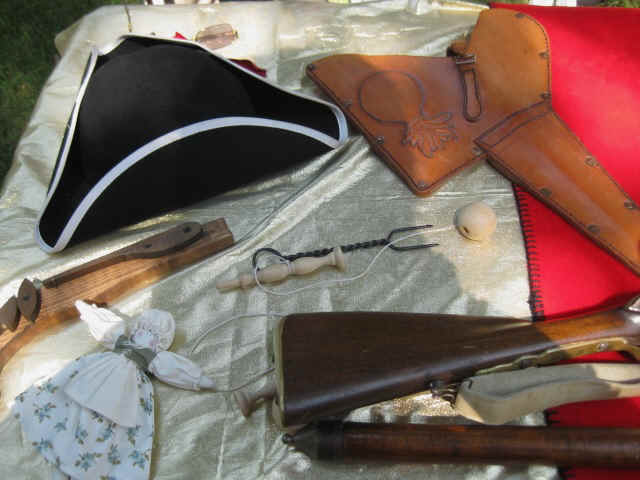
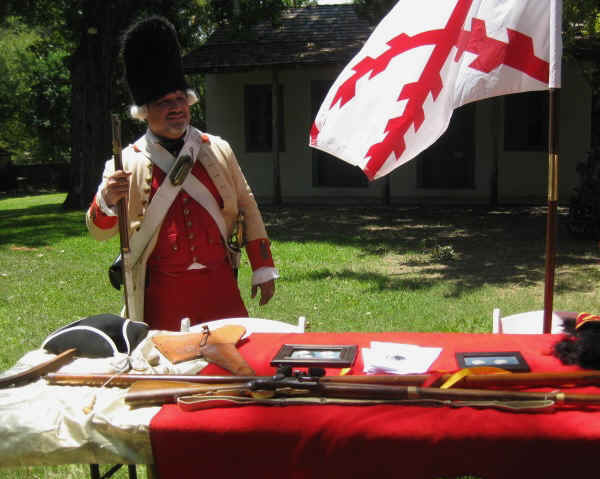

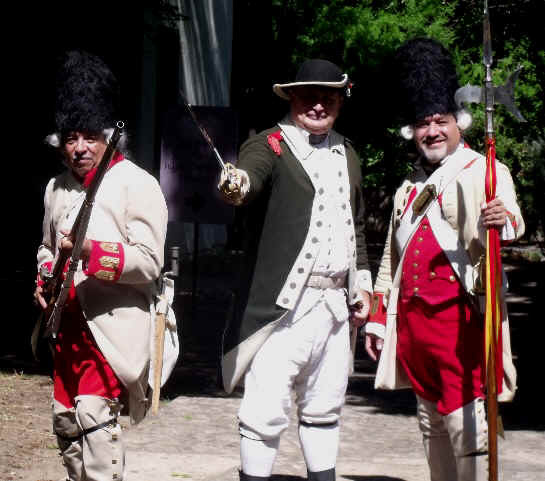

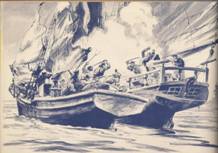

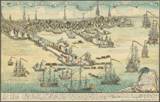
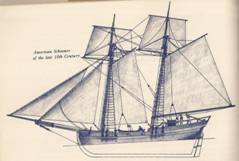

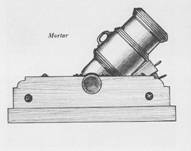
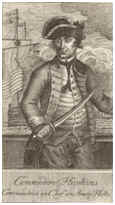
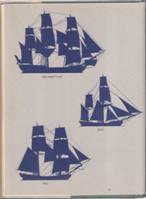

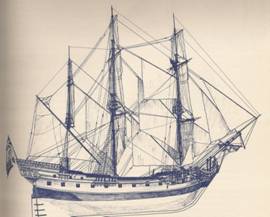


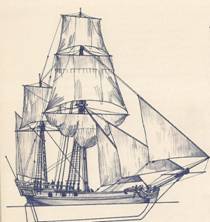




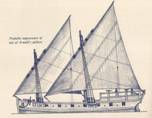
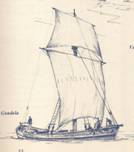

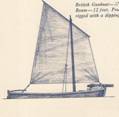







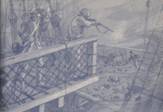





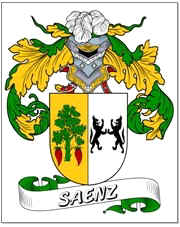


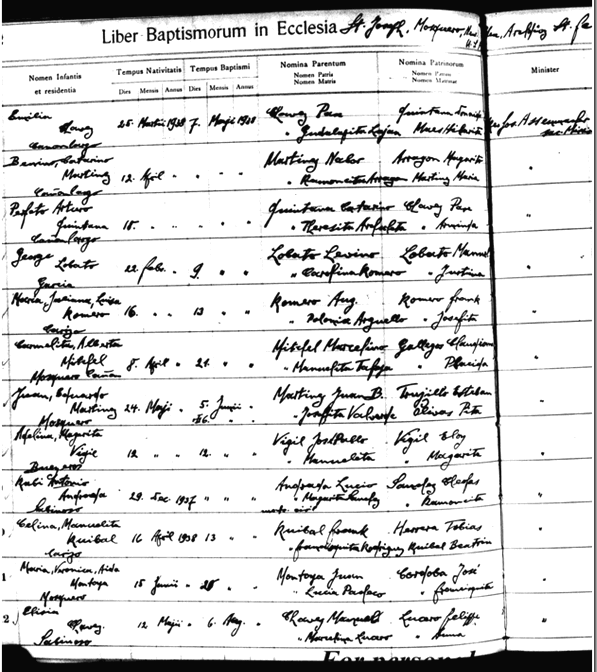
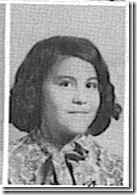




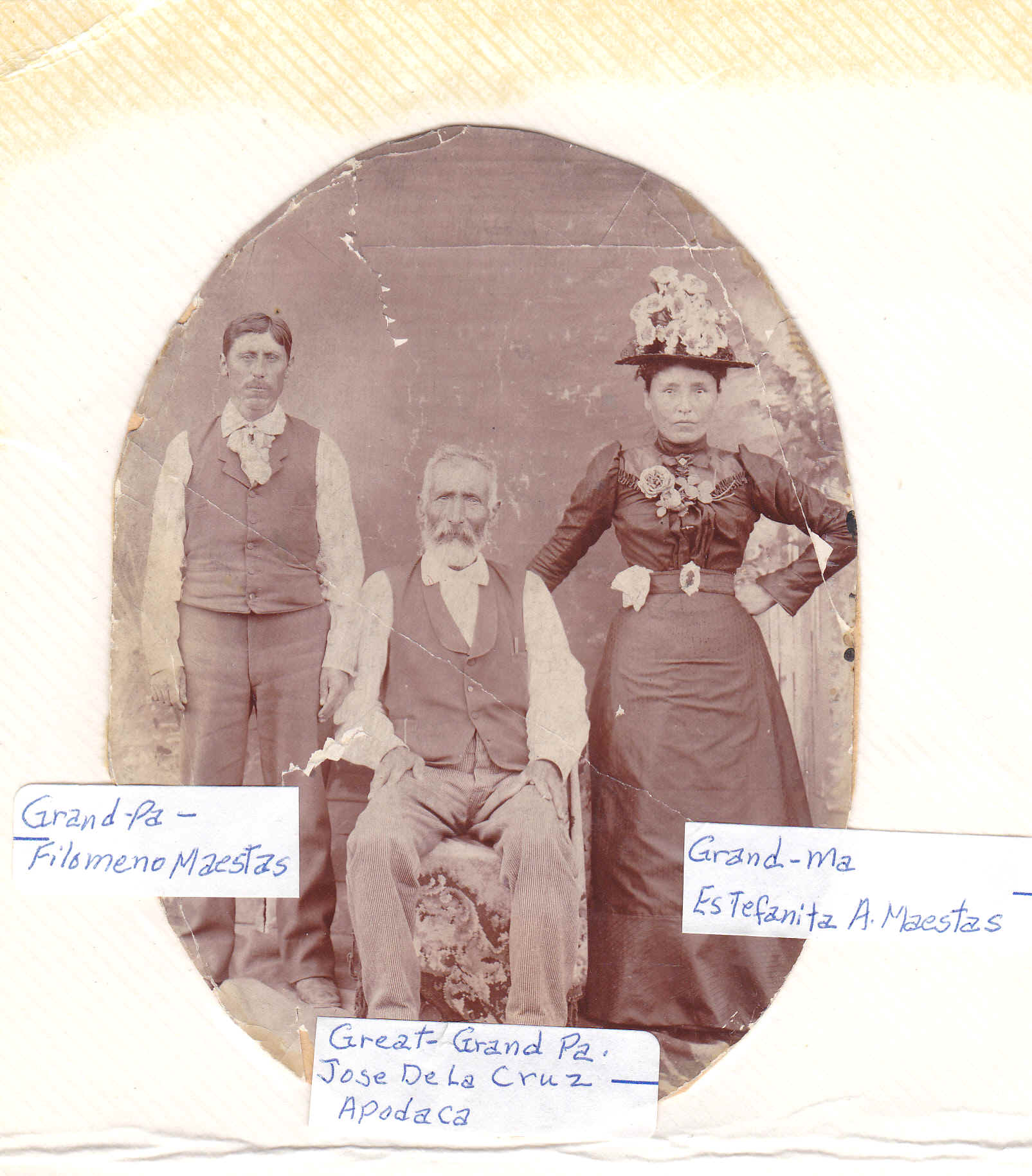
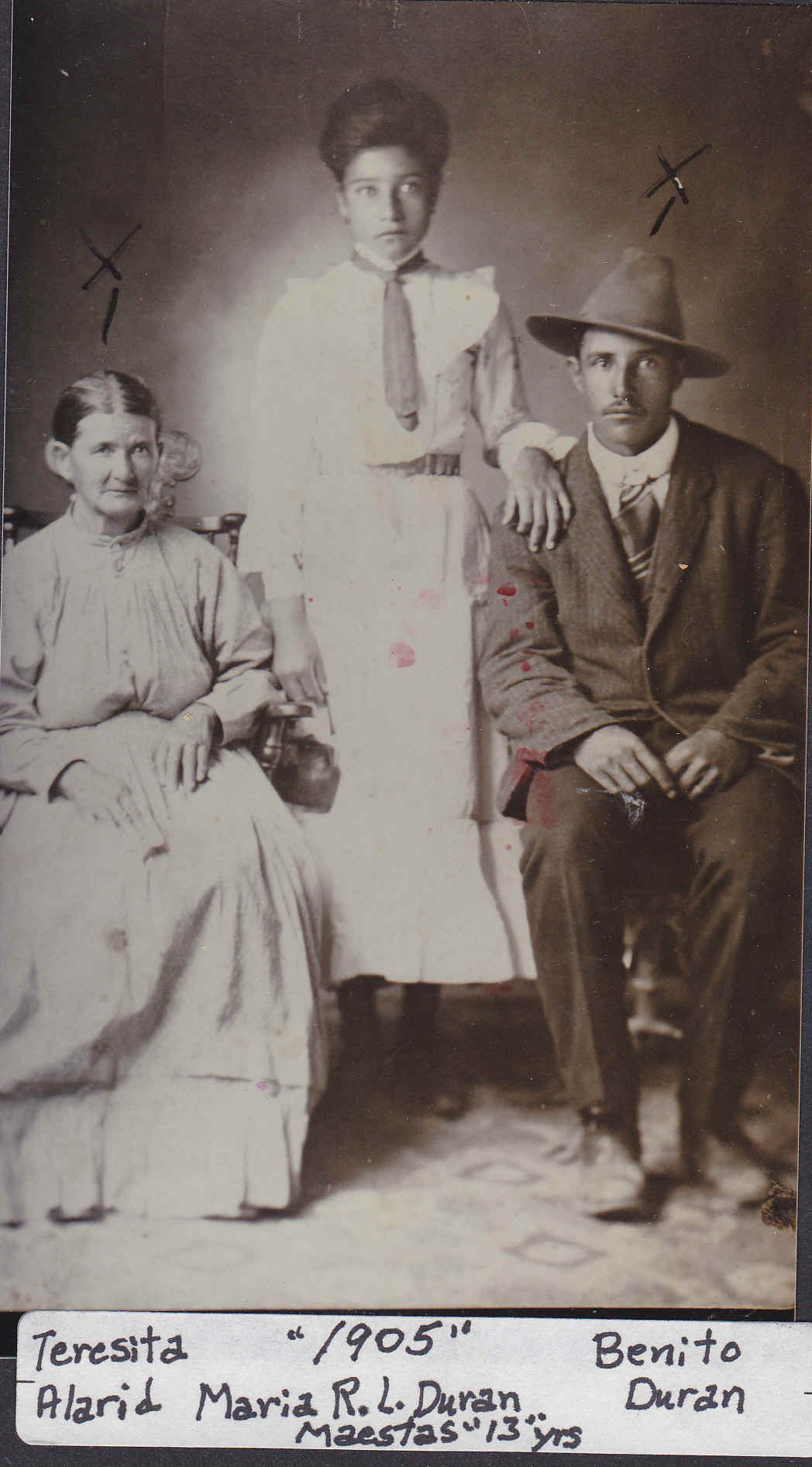
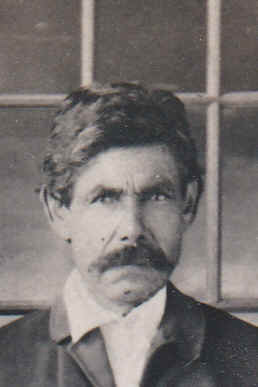
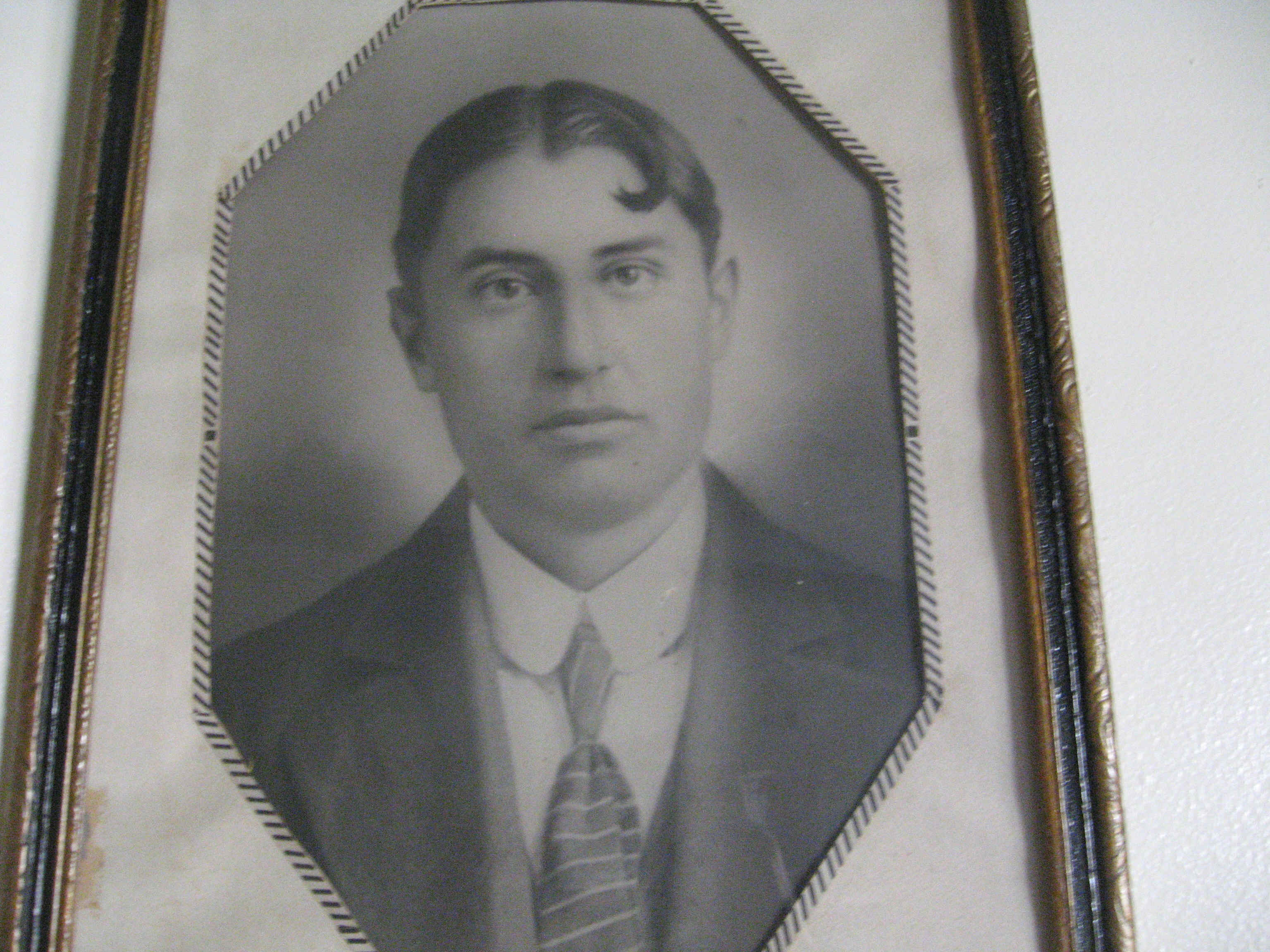


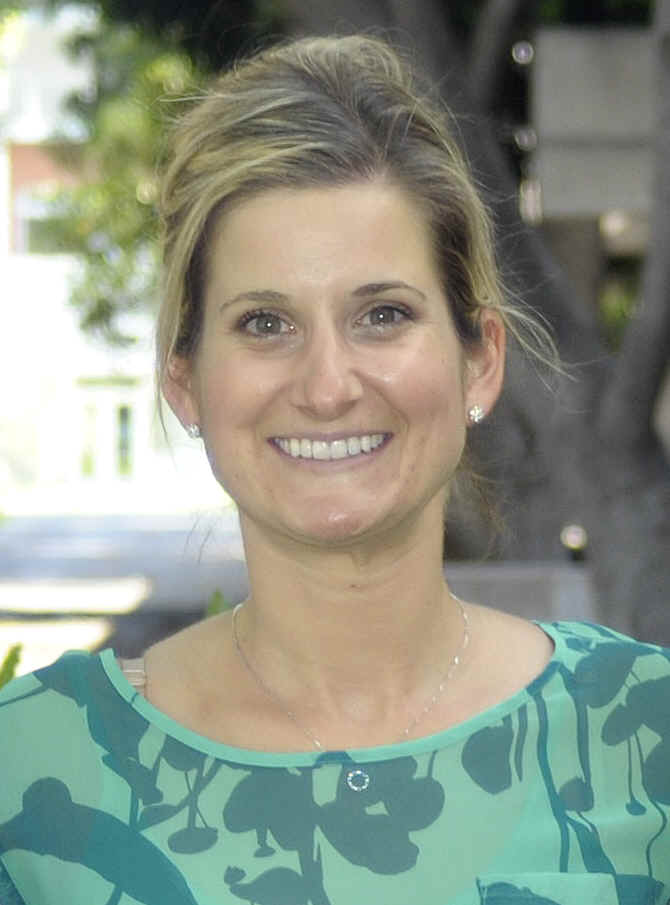
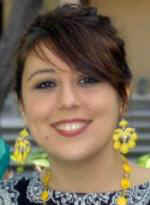 E
E
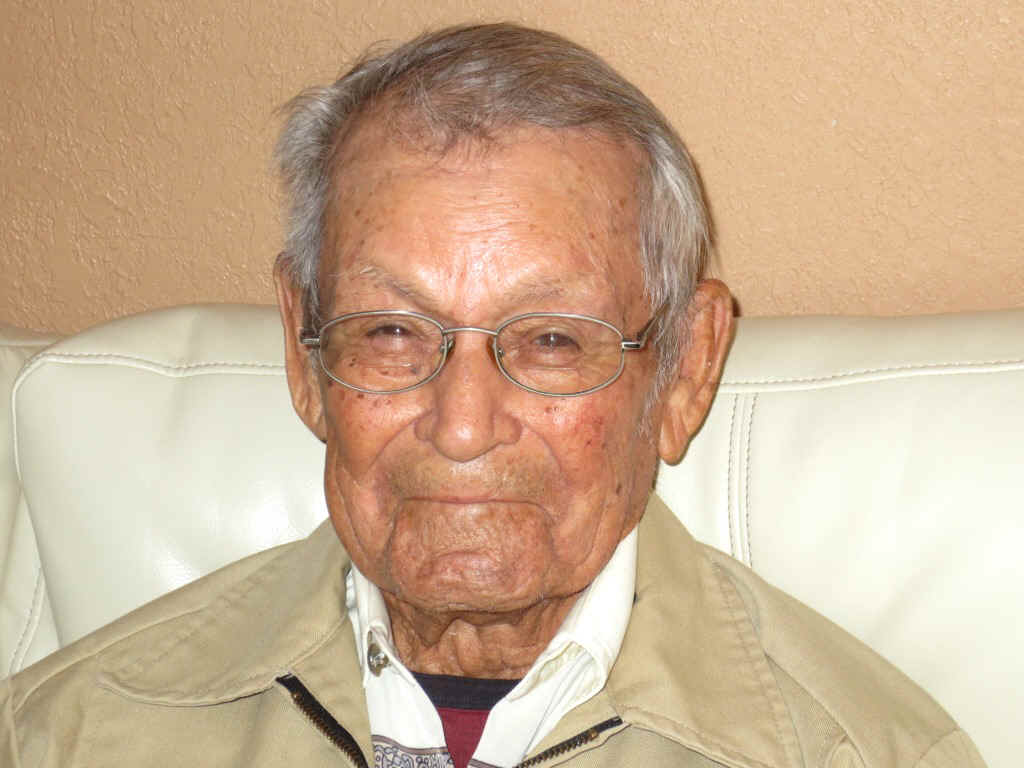
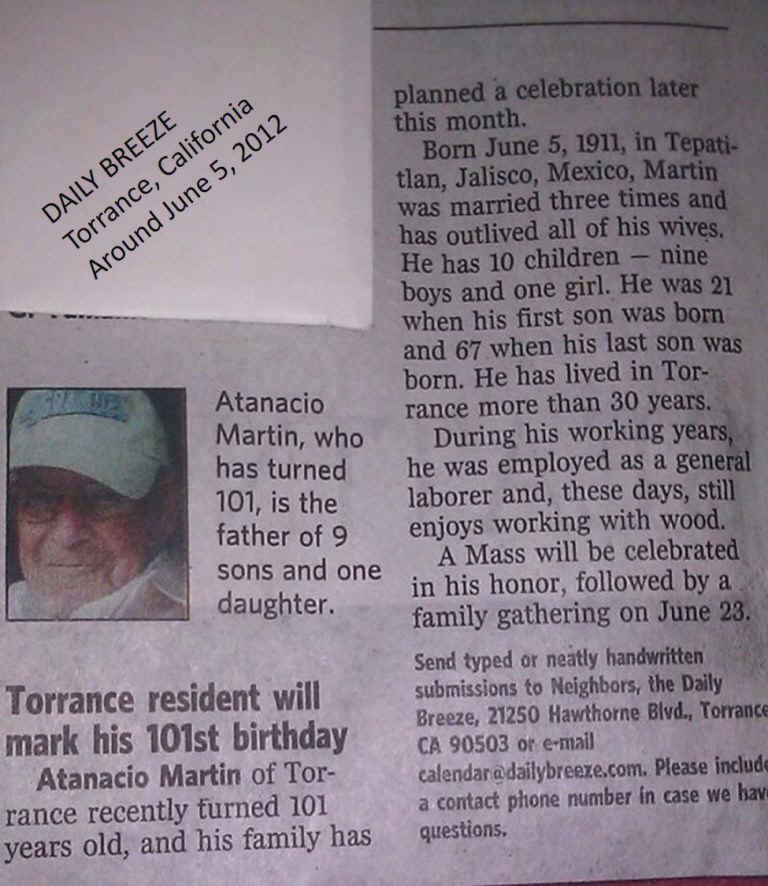
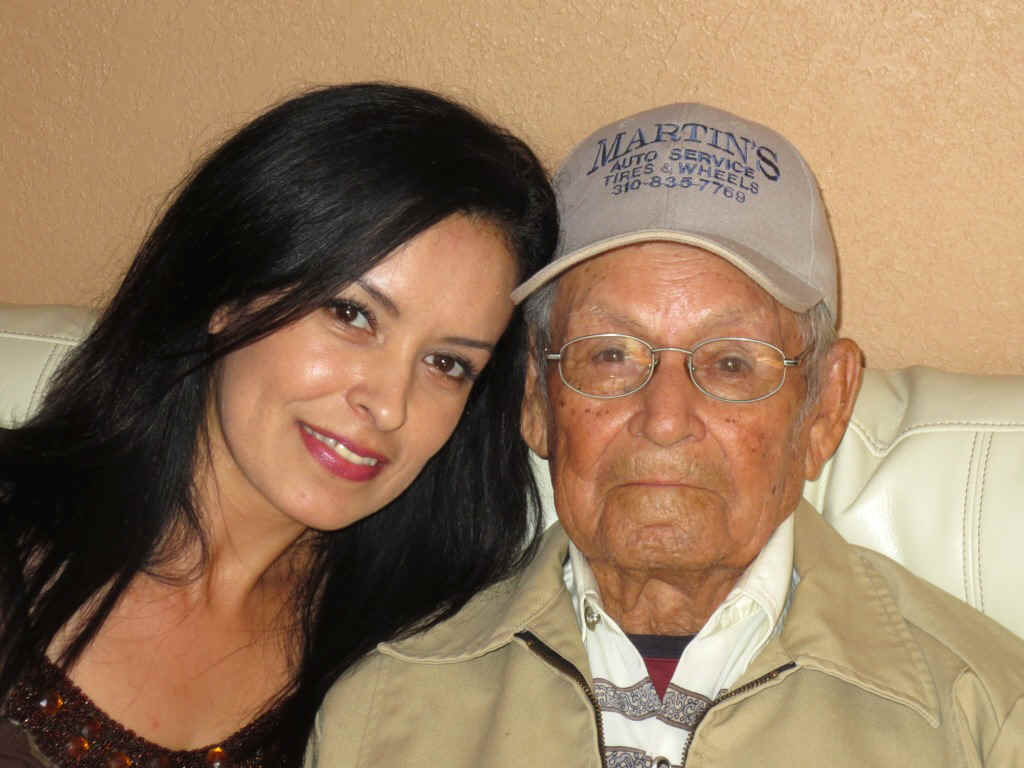
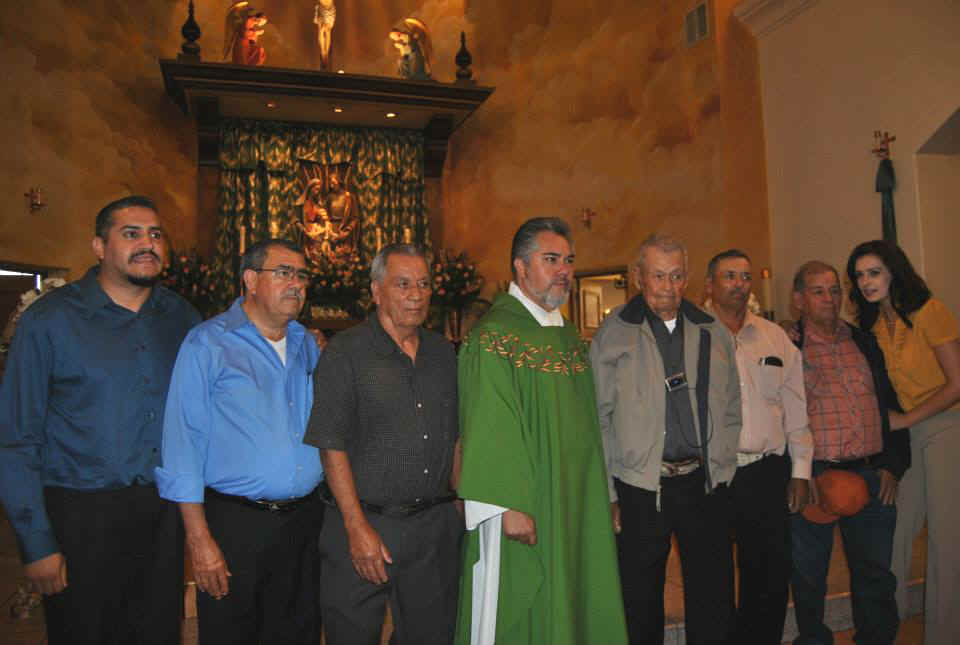
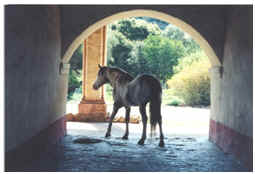

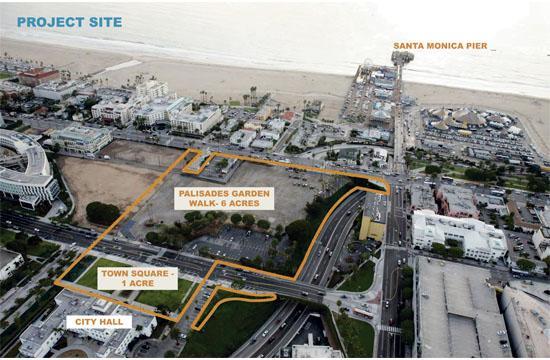
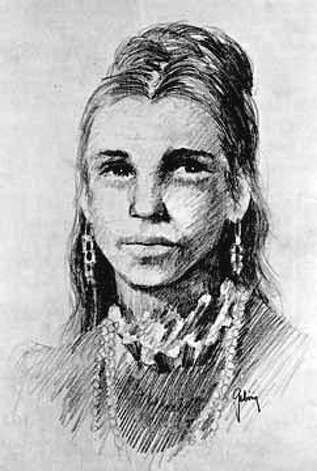




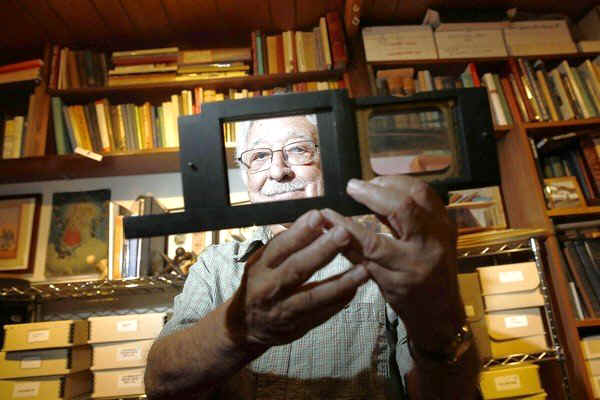
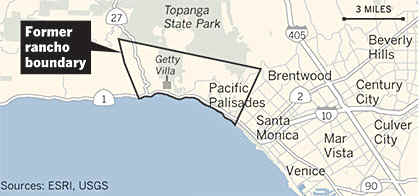 Years
after his forebears had sold off most of the Rancho Boca de Santa
Monica, Marquez grew up in the heart of it — Santa Monica Canyon.
Marquez paid little heed to the family lore he heard as a child.
Years
after his forebears had sold off most of the Rancho Boca de Santa
Monica, Marquez grew up in the heart of it — Santa Monica Canyon.
Marquez paid little heed to the family lore he heard as a child.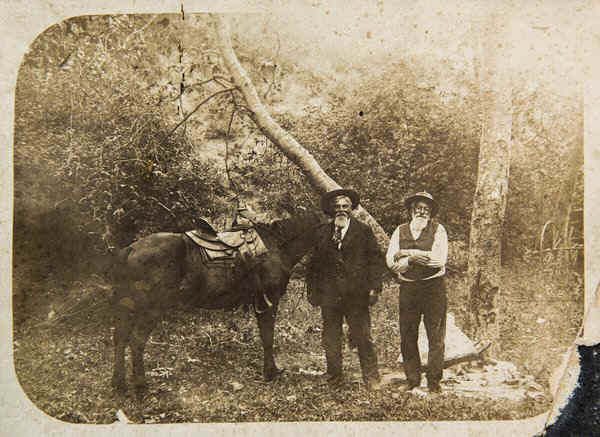
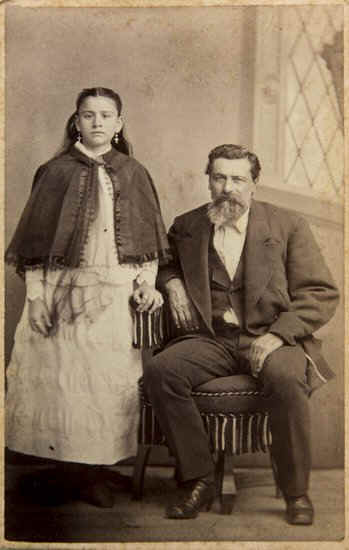
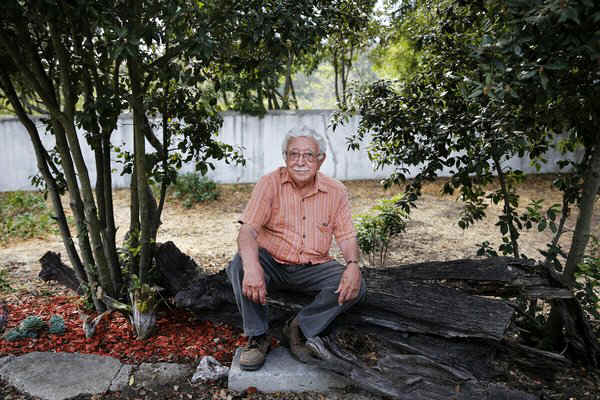
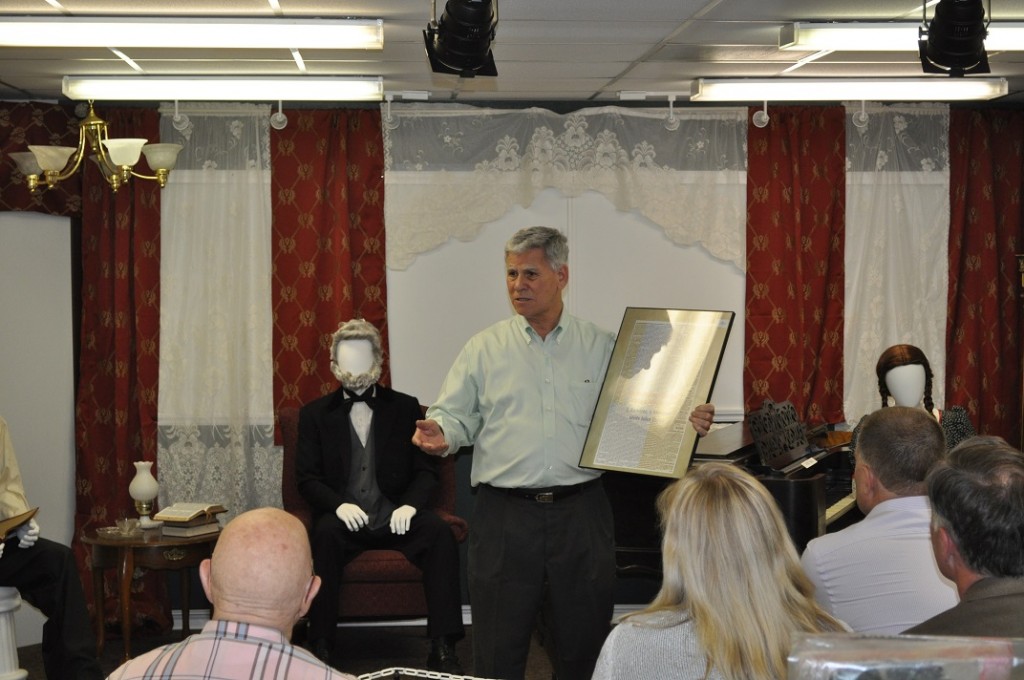
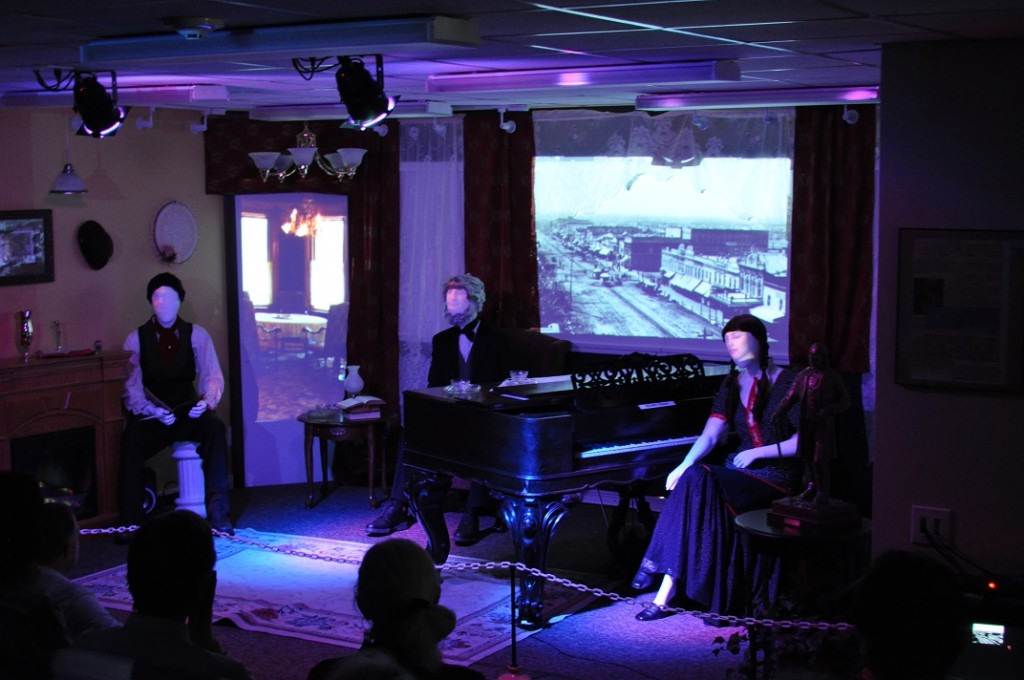 The first picture here shows a 9 minute video presentation, cleverly using mannequins with faces projected onto them, that depicts an interview that a Mexican reporter had with LDS Church President John Taylor. This was a premiere showing of the new video presentation. It will soon be available on demand for museum visitors to watch.
The first picture here shows a 9 minute video presentation, cleverly using mannequins with faces projected onto them, that depicts an interview that a Mexican reporter had with LDS Church President John Taylor. This was a premiere showing of the new video presentation. It will soon be available on demand for museum visitors to watch.


